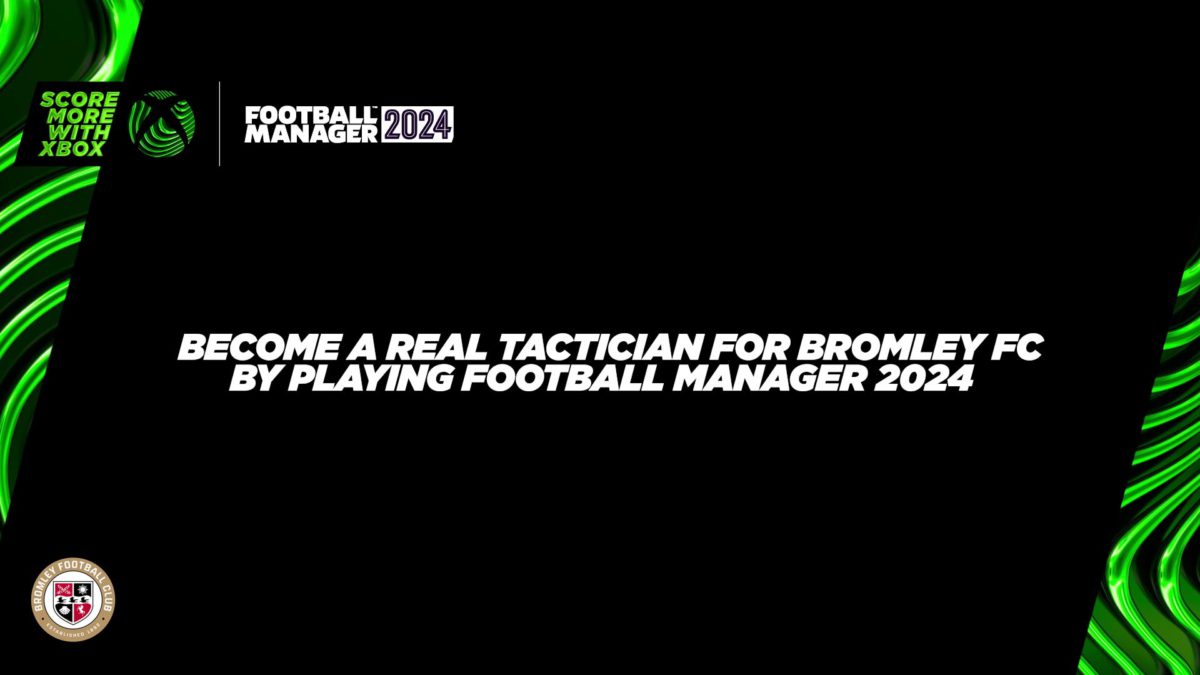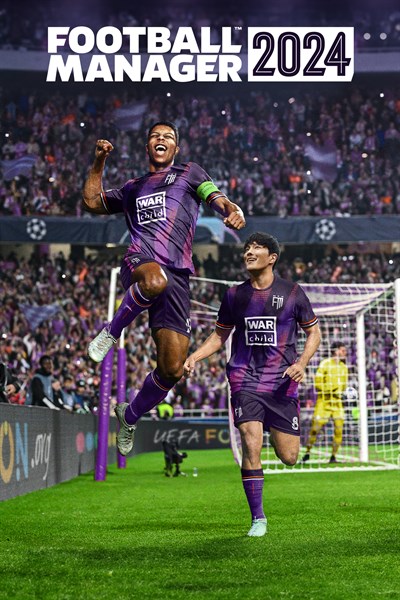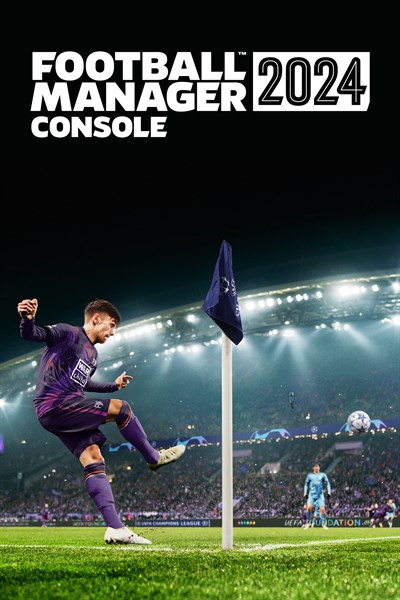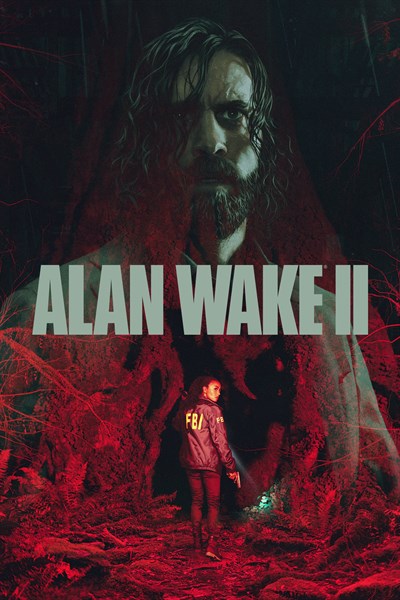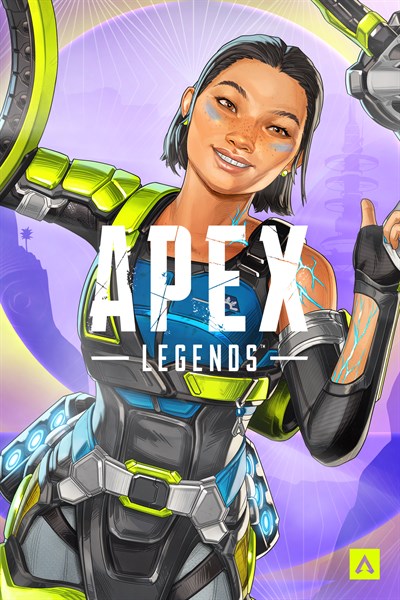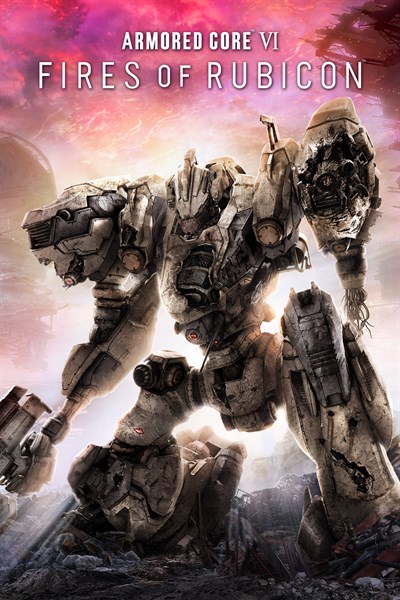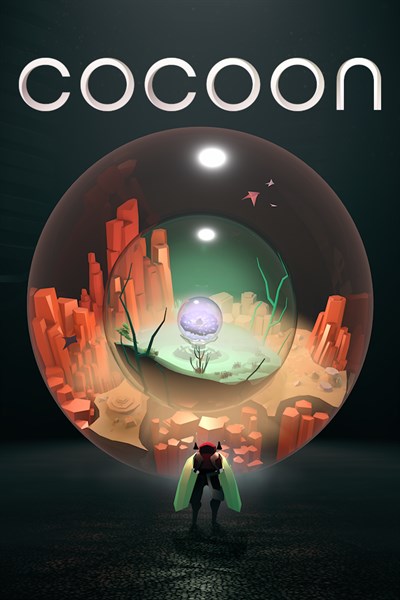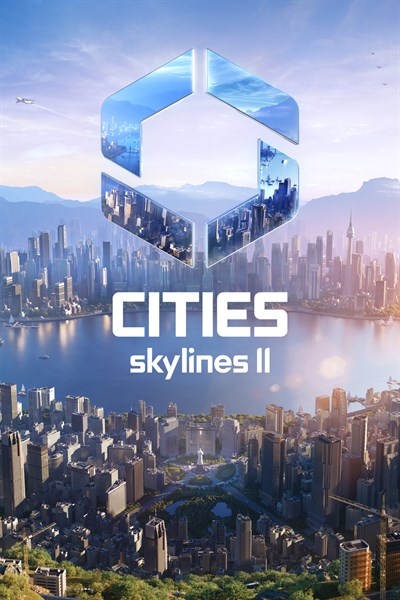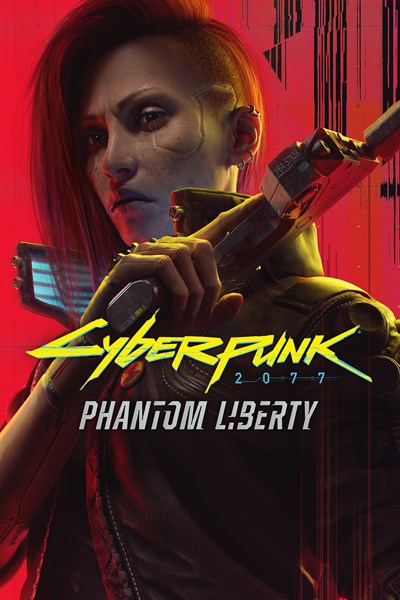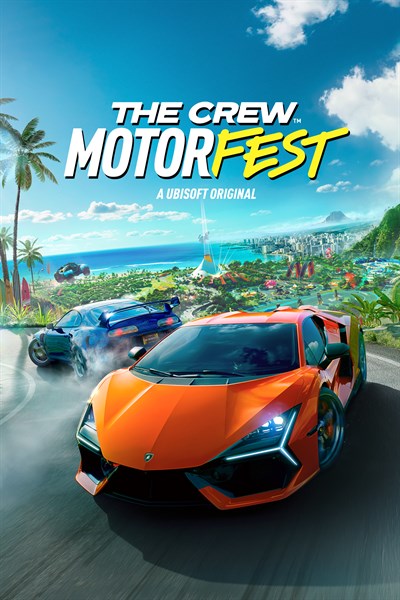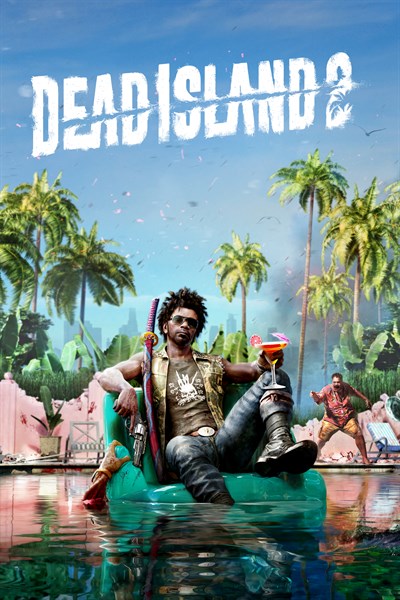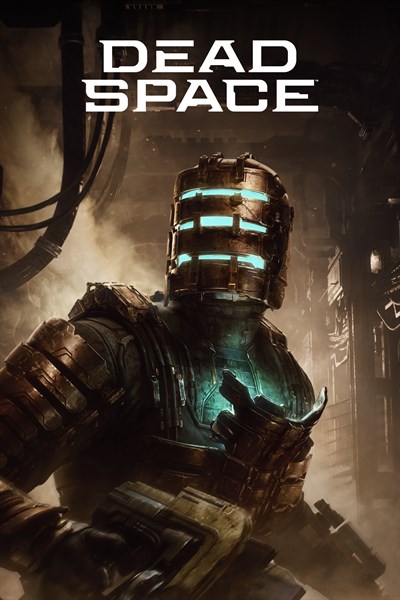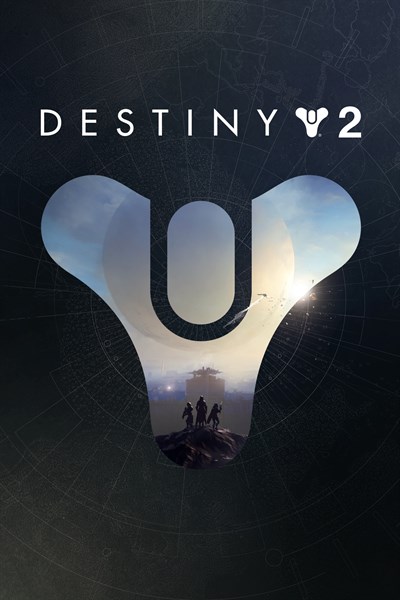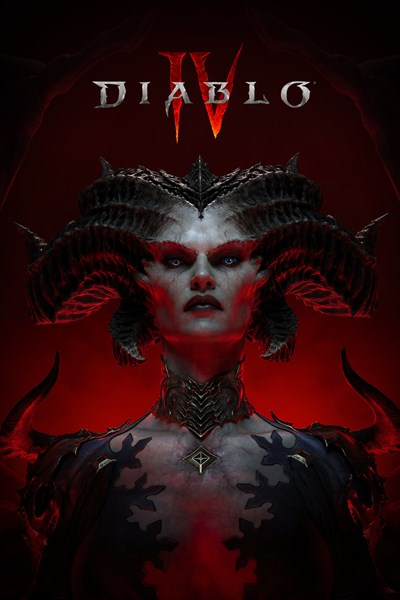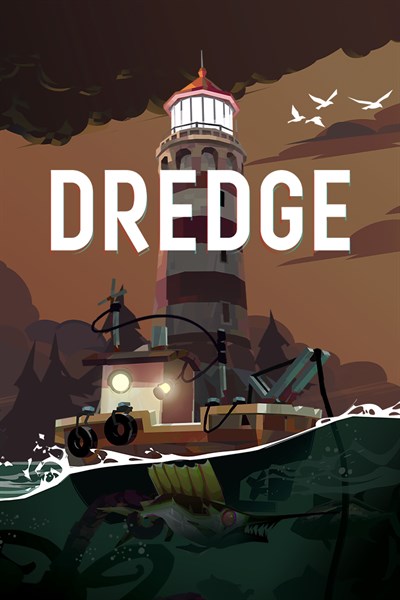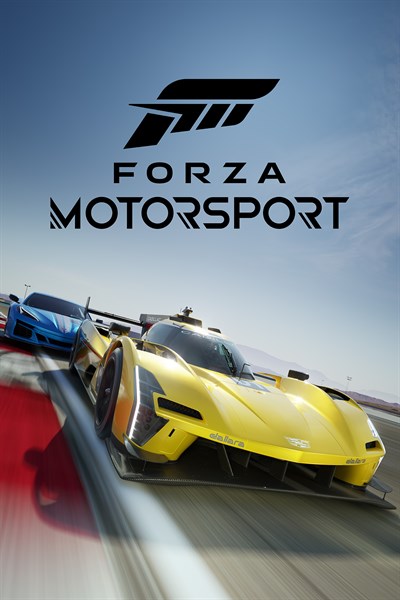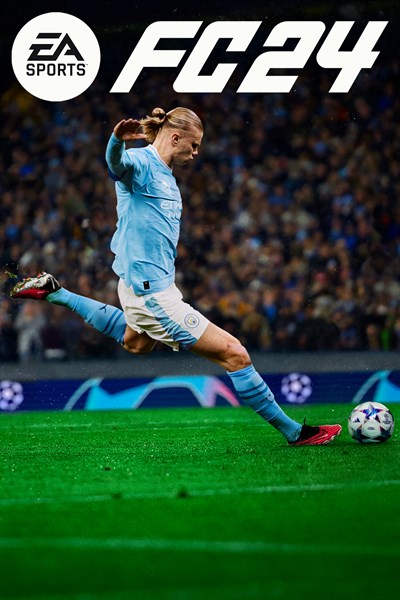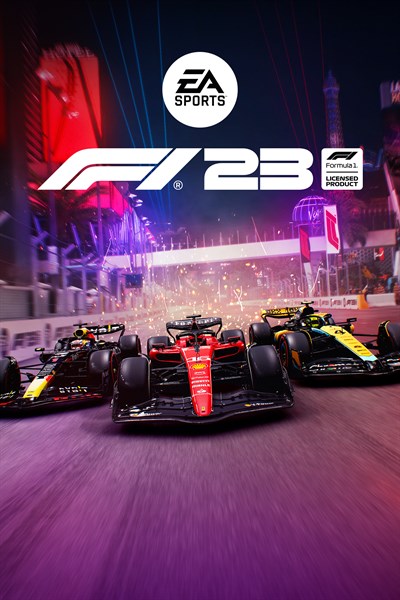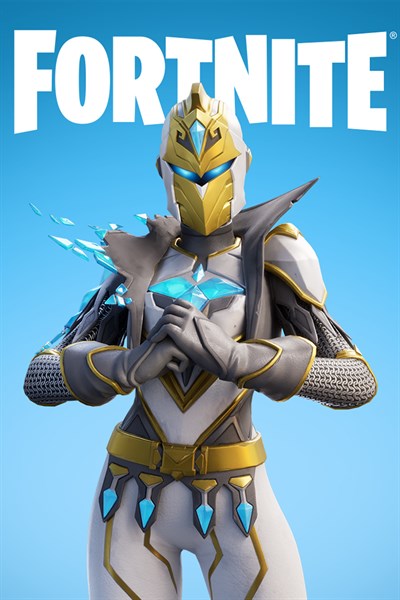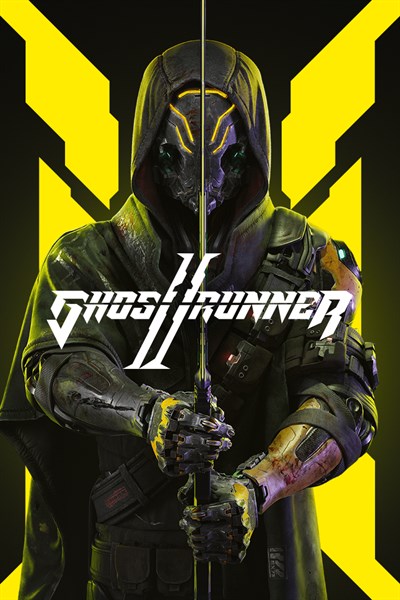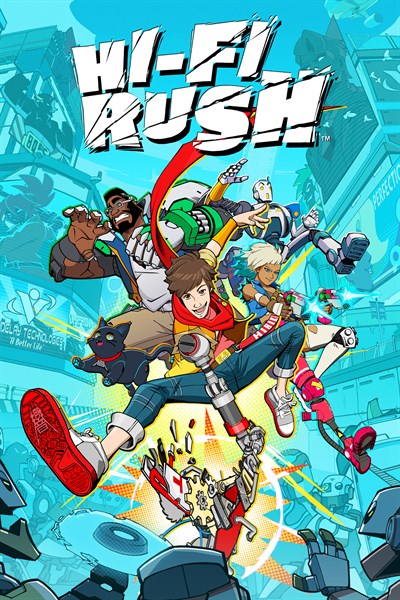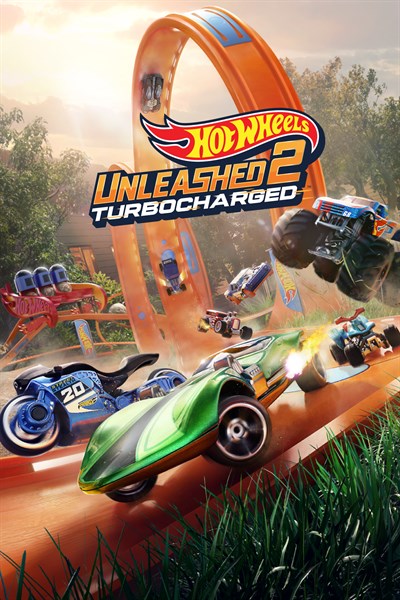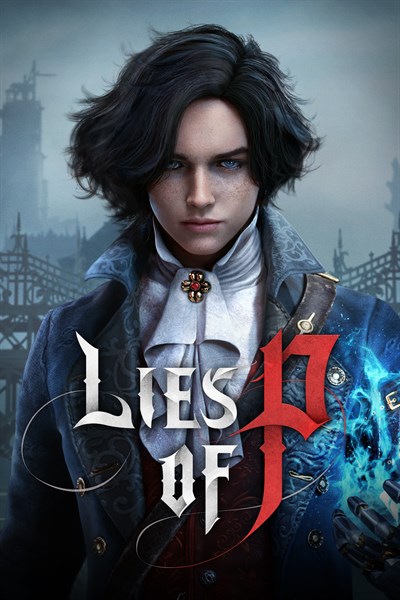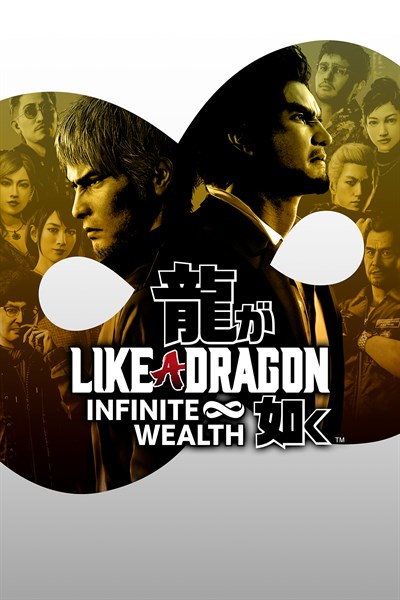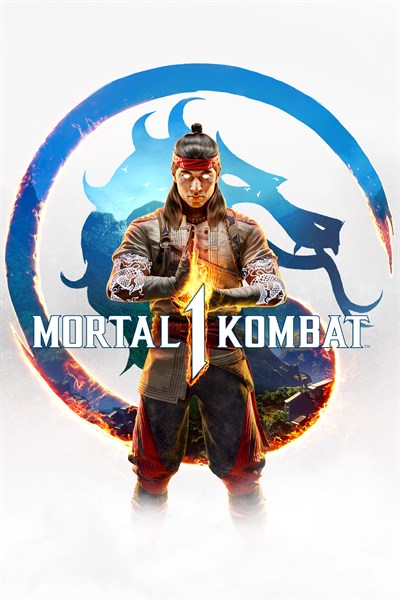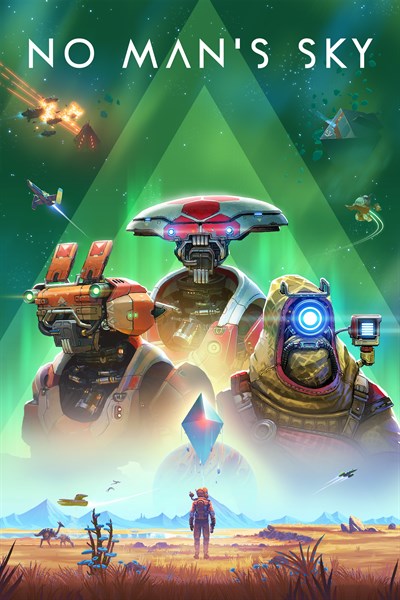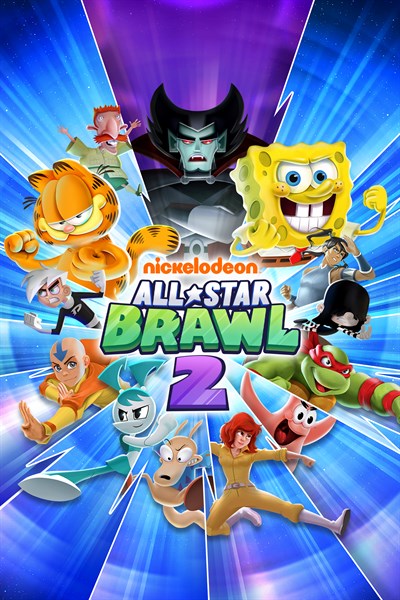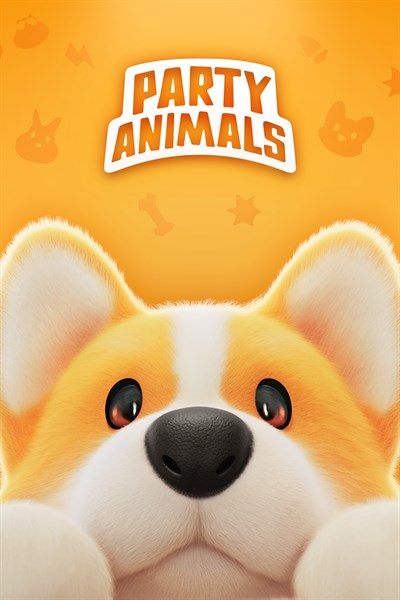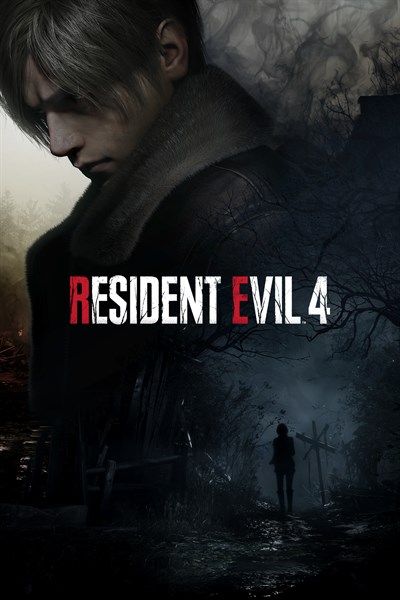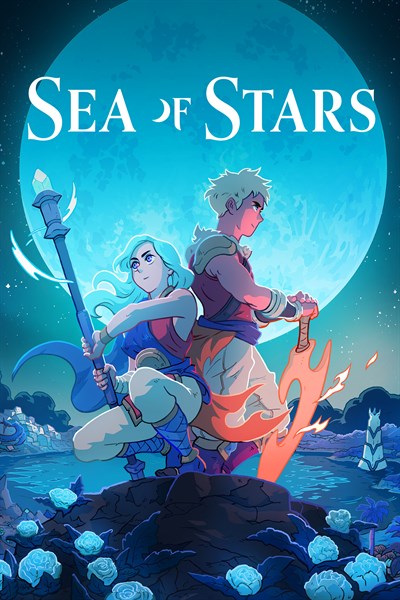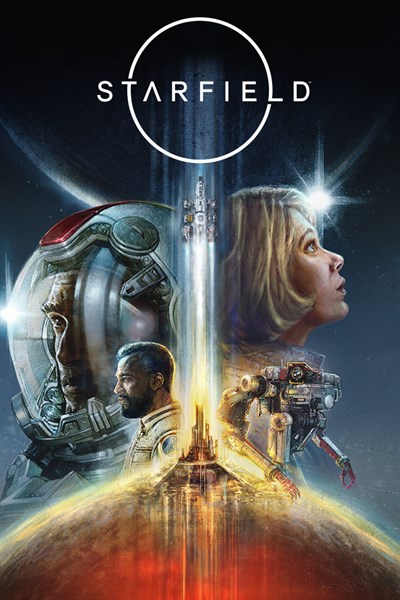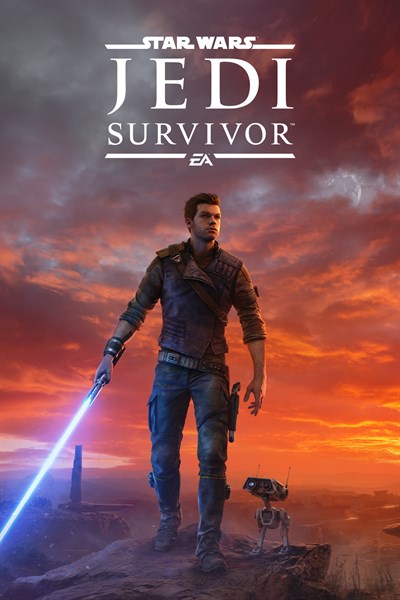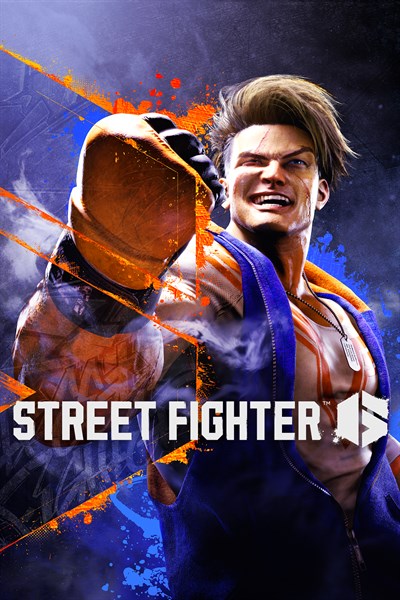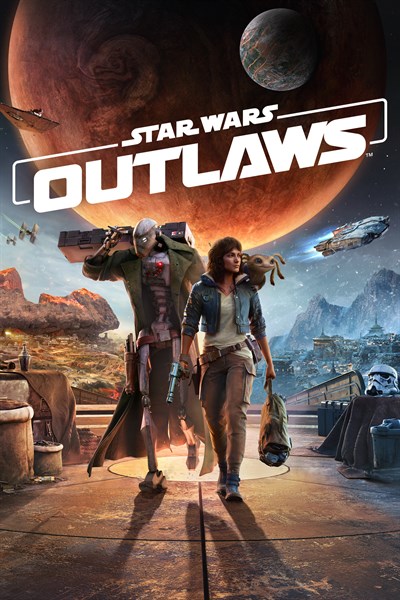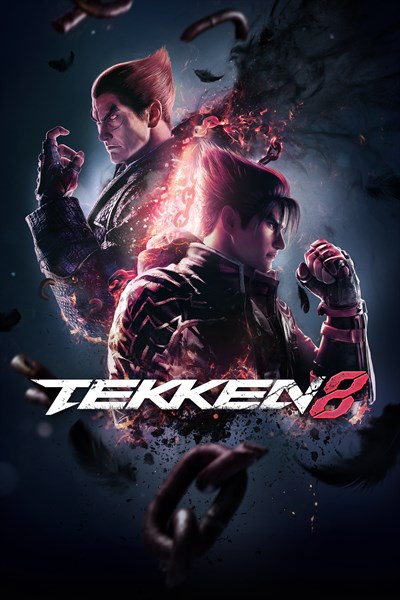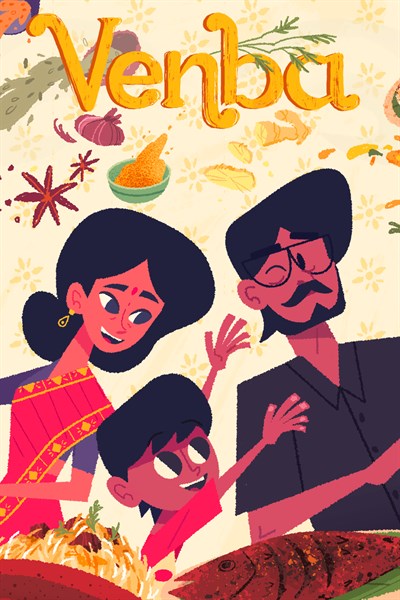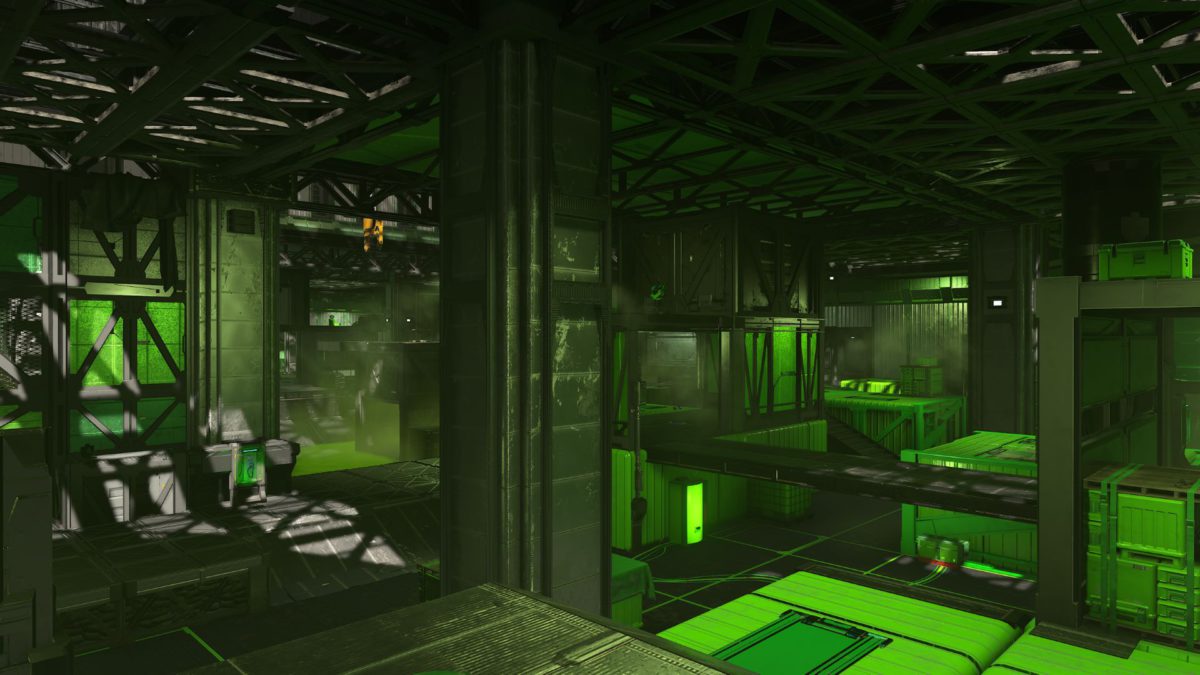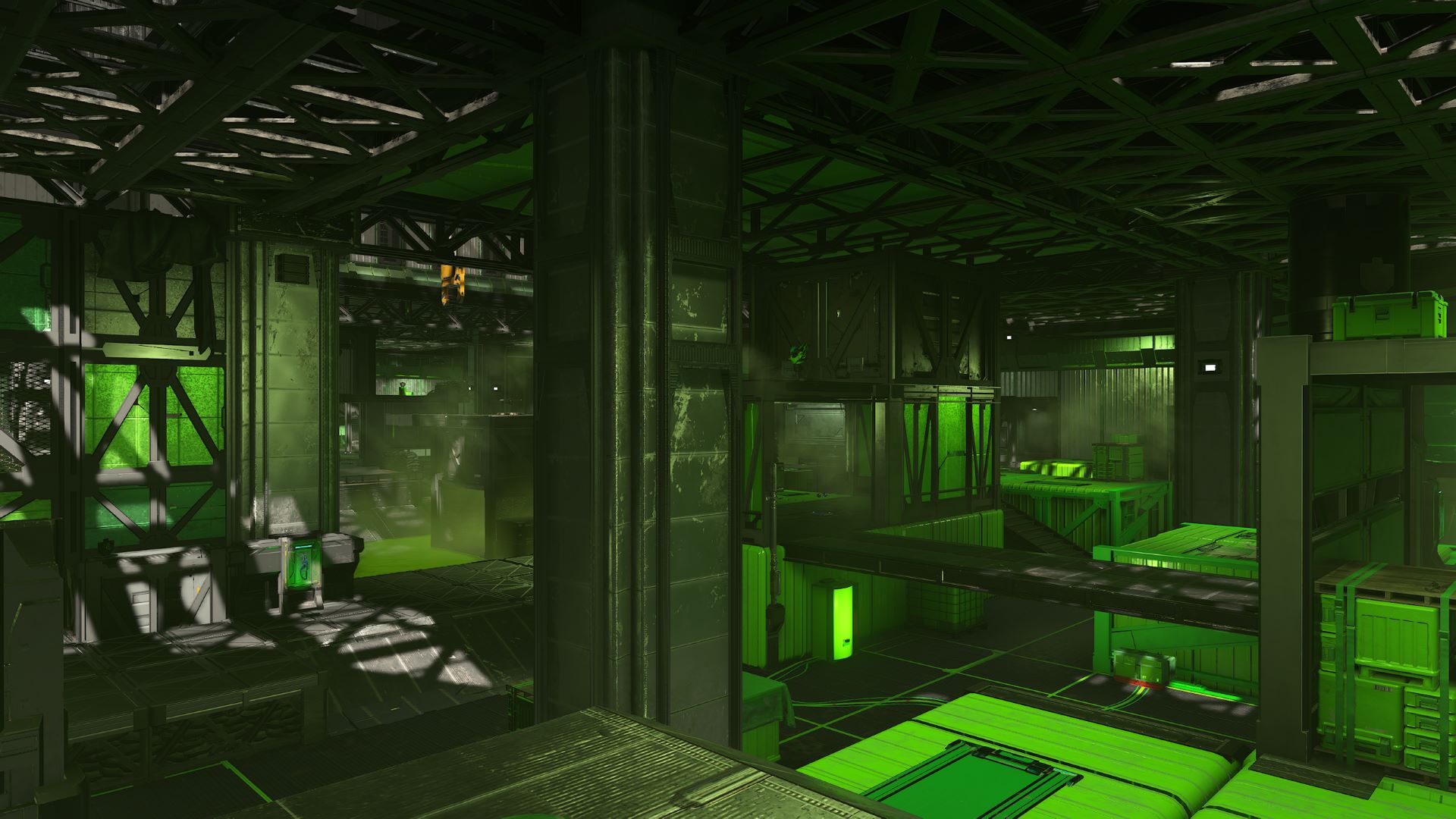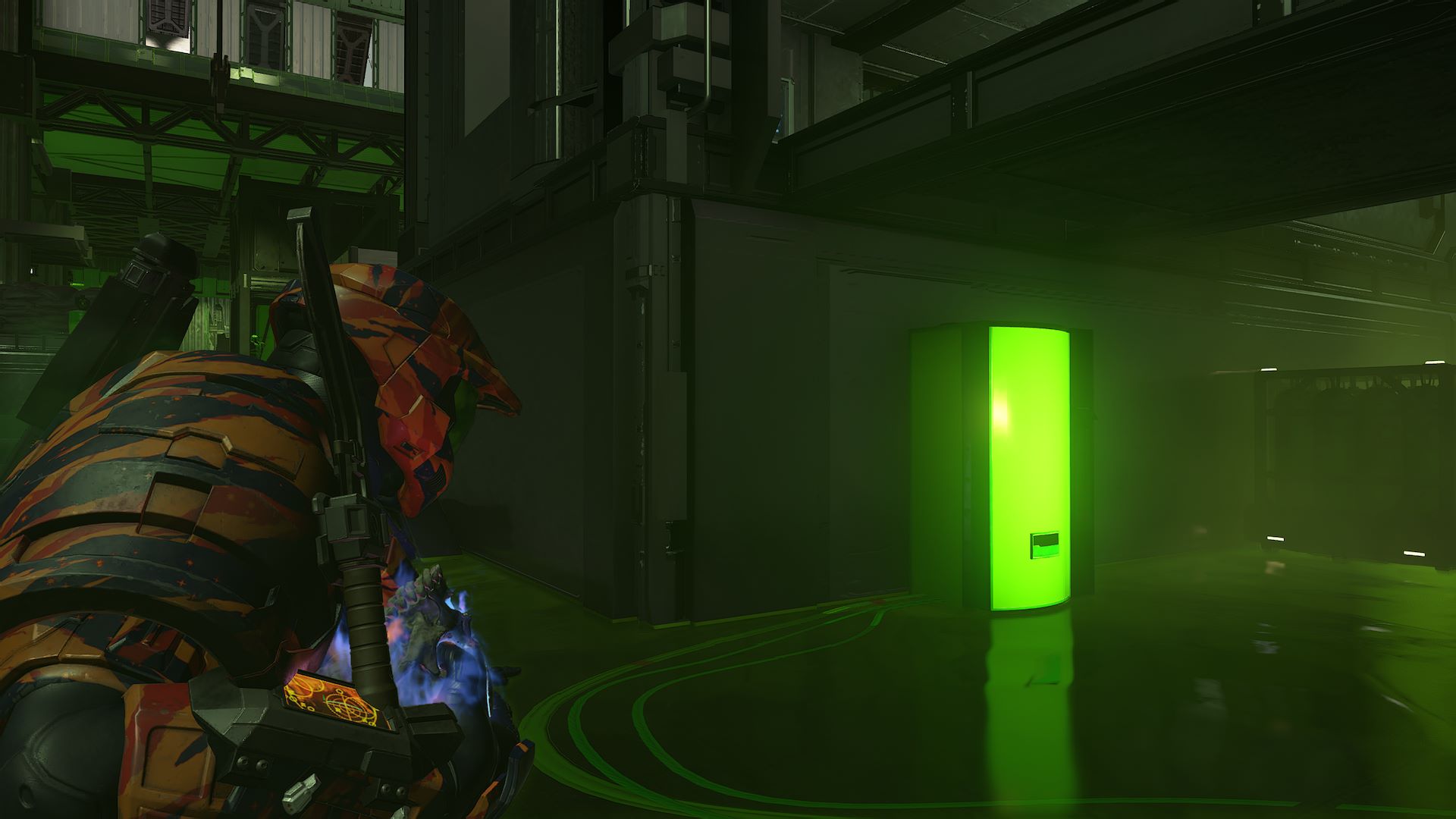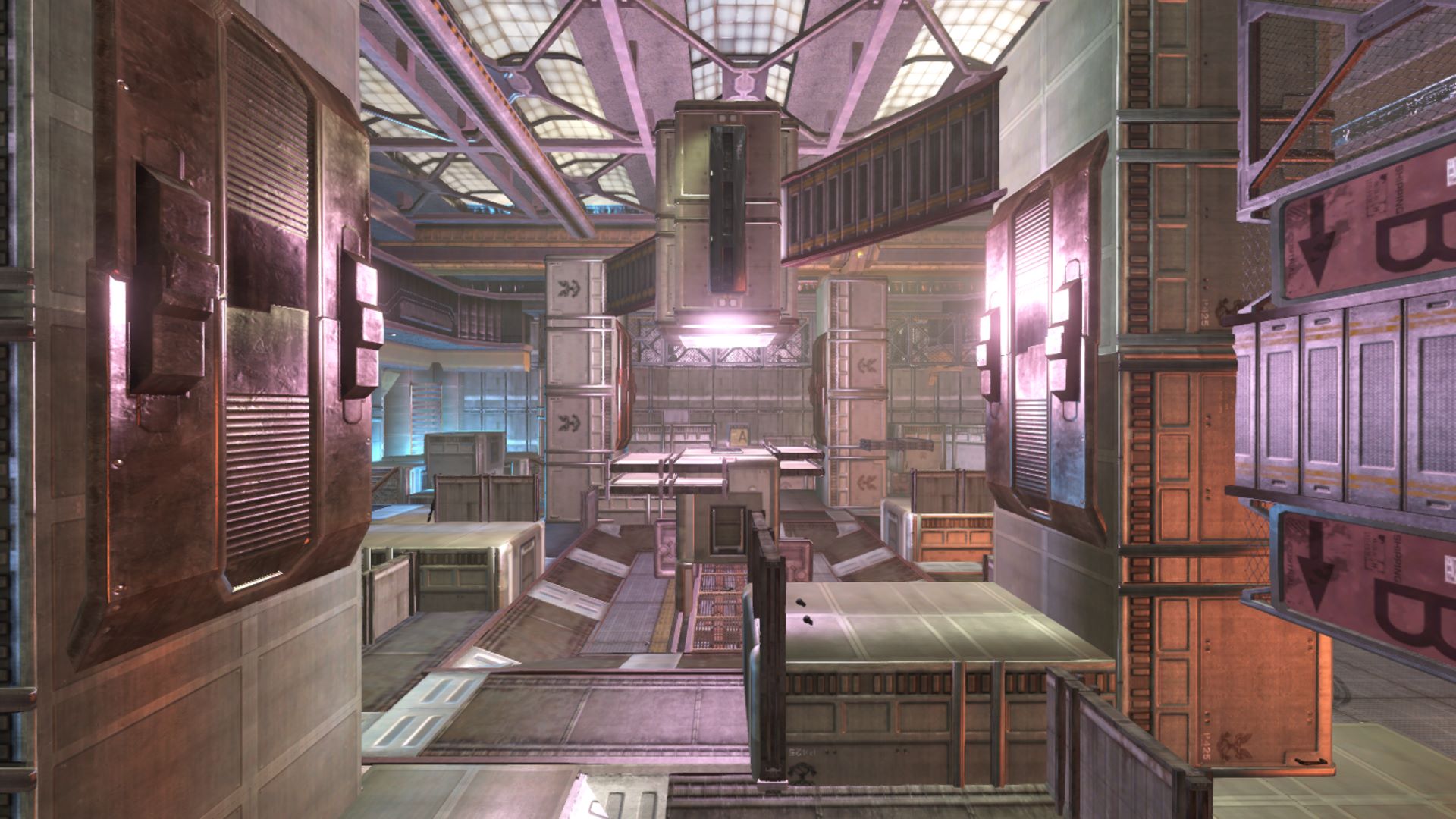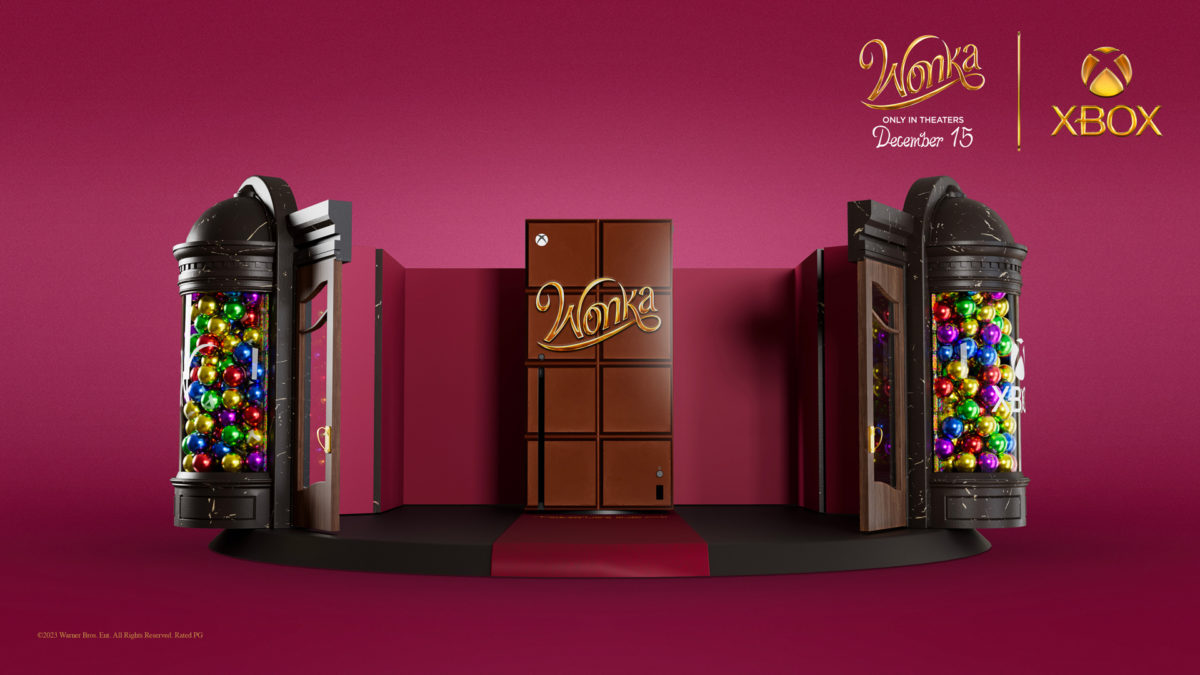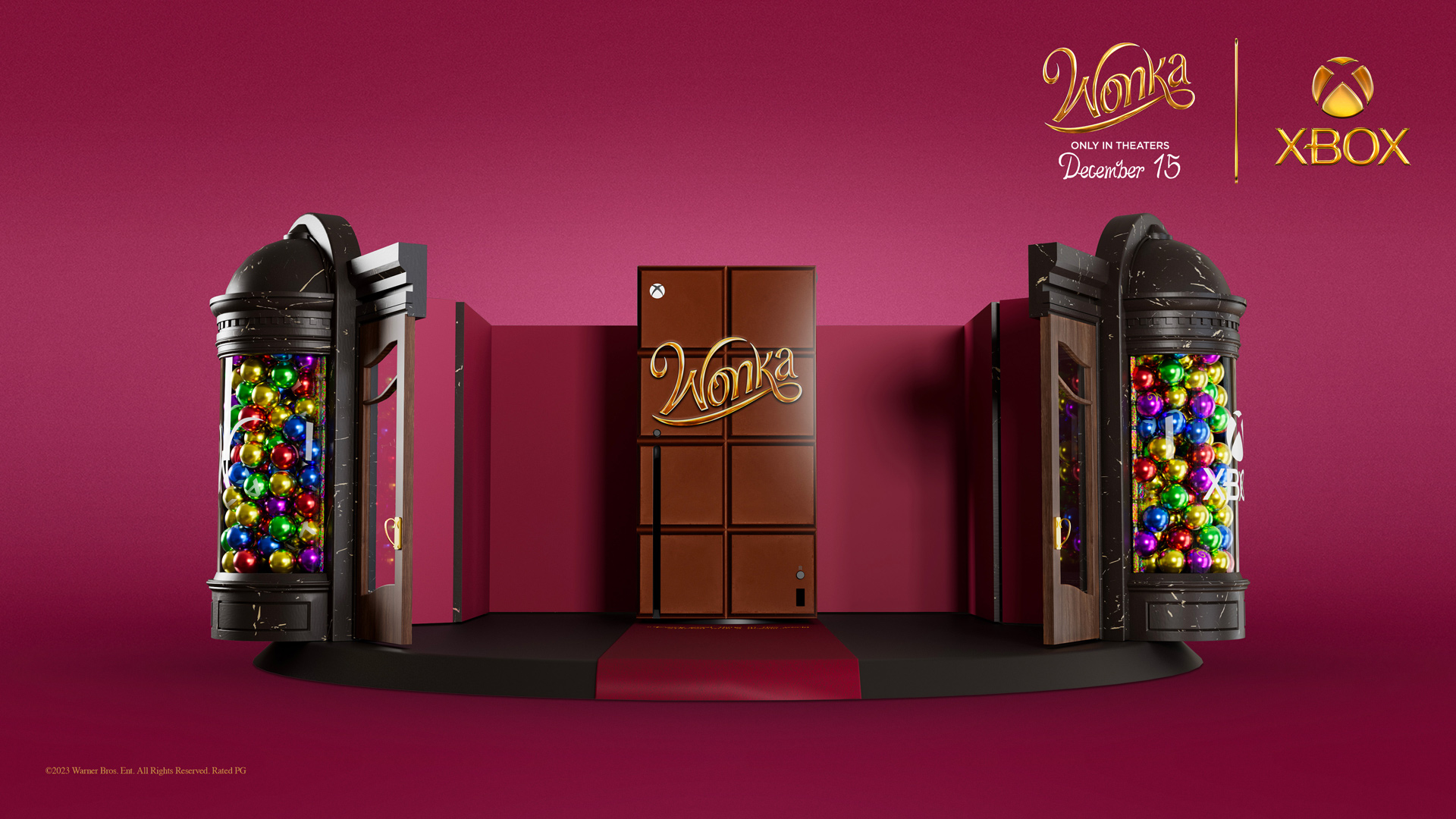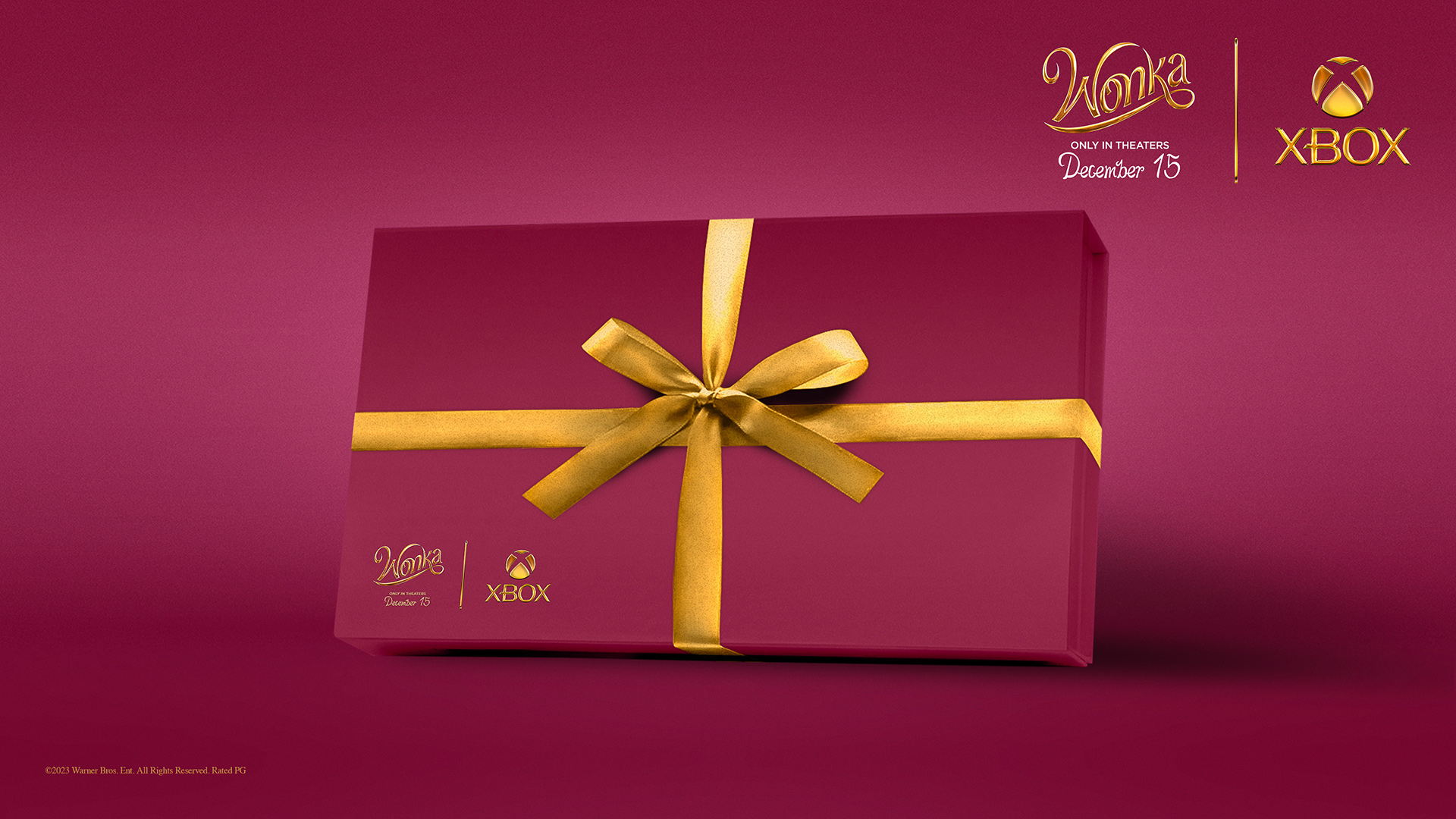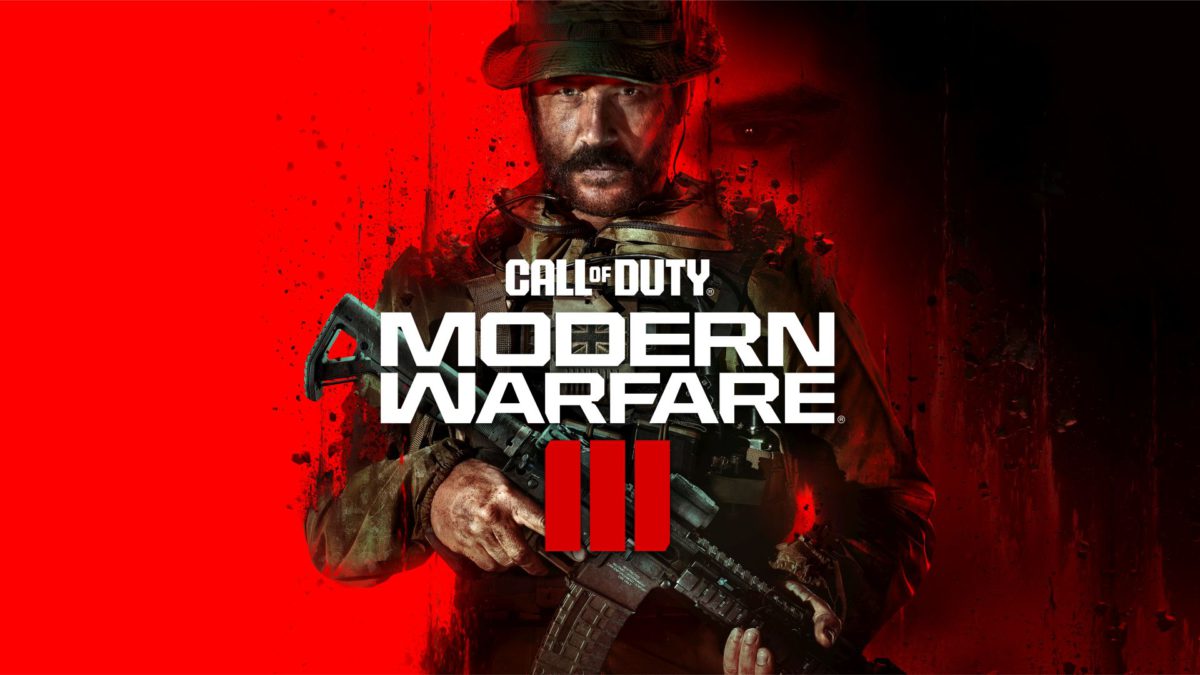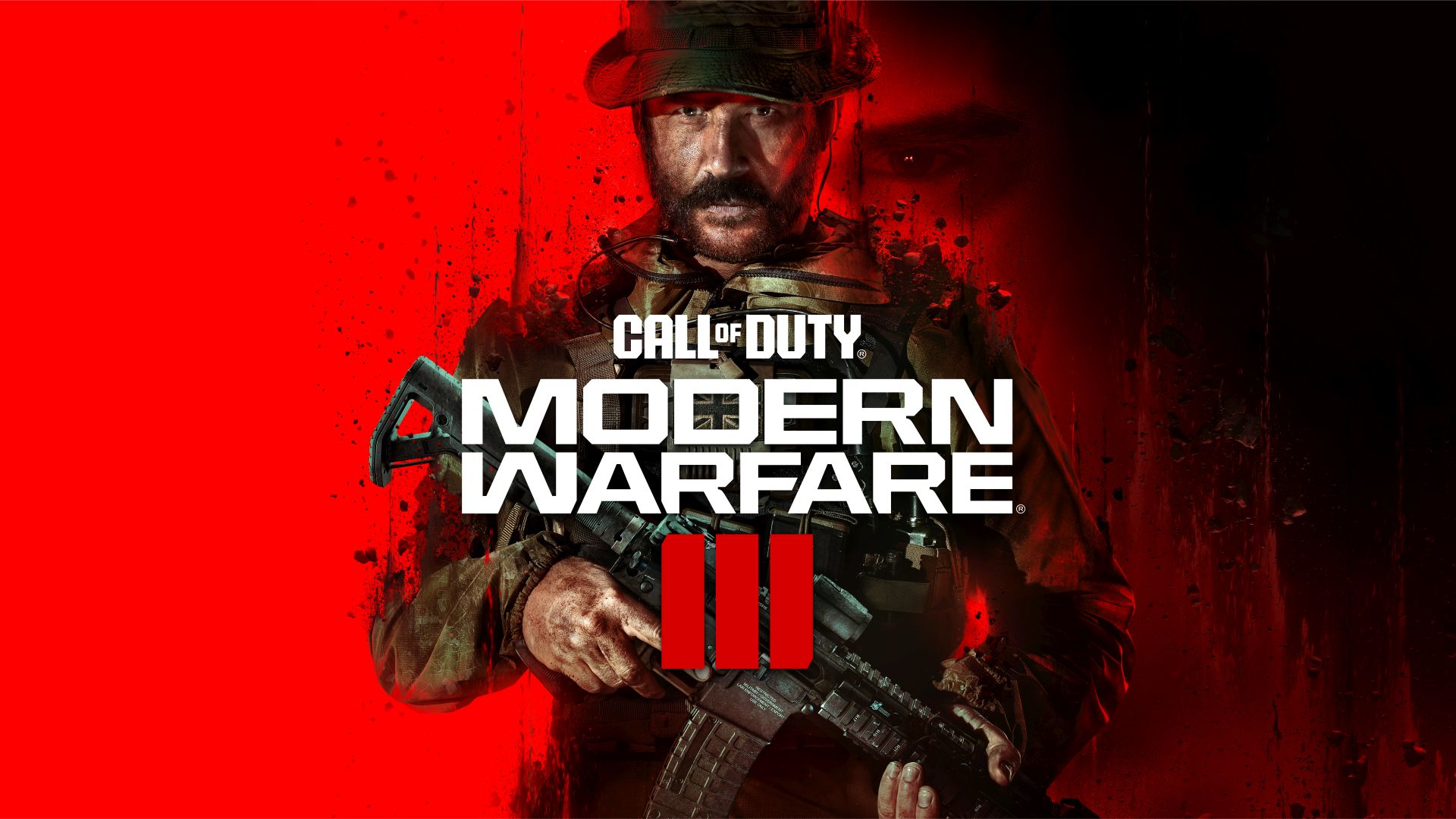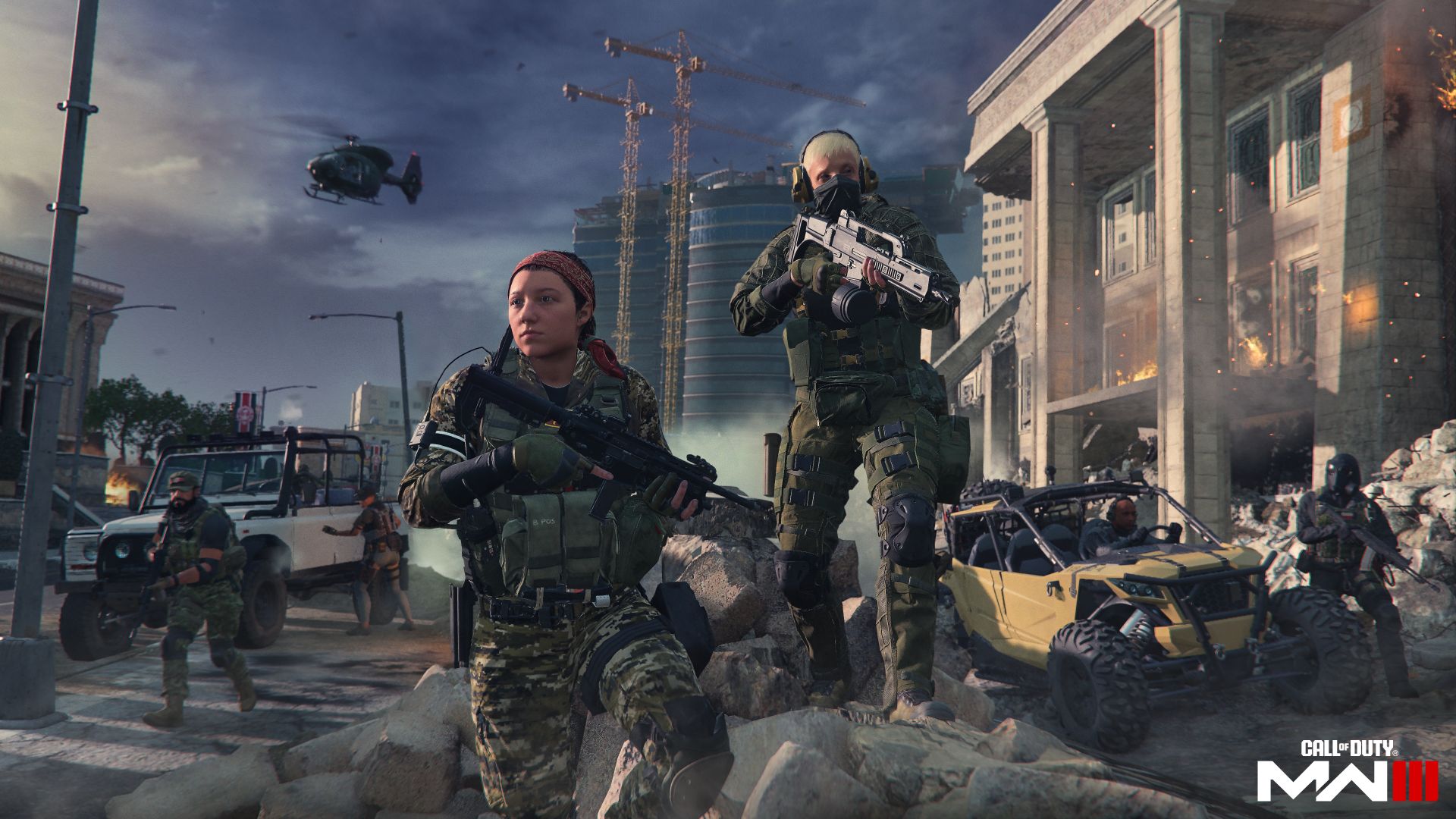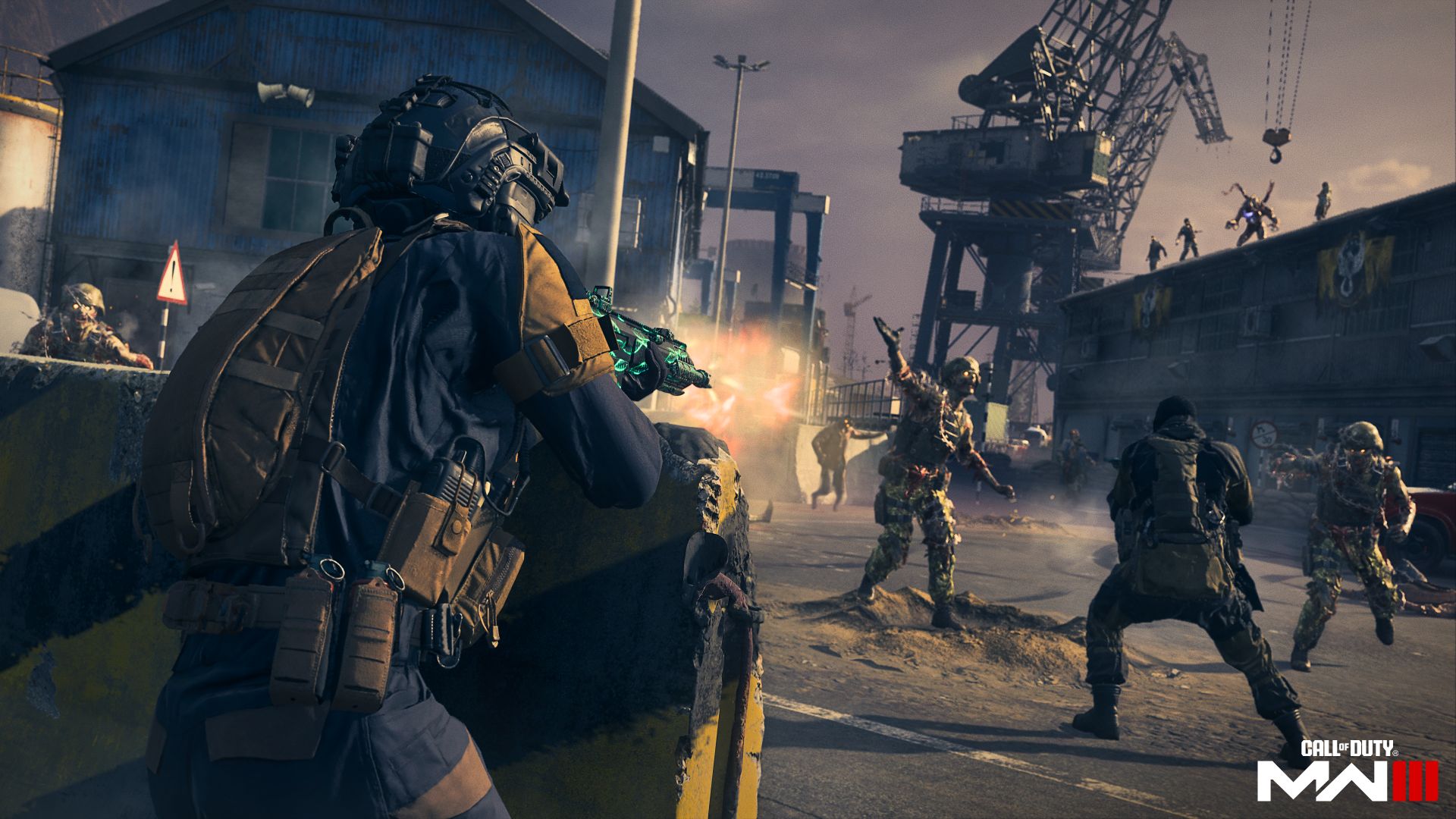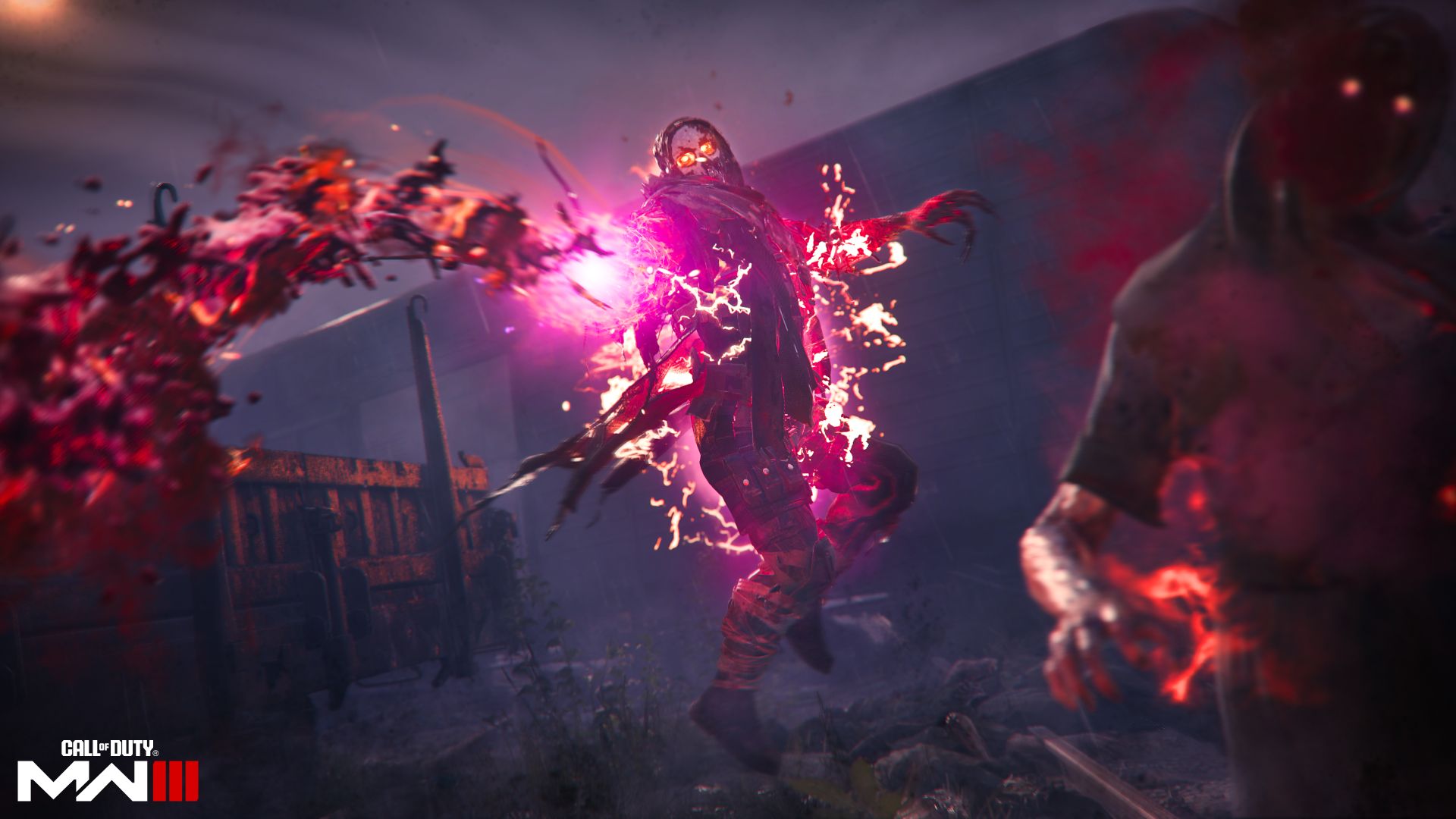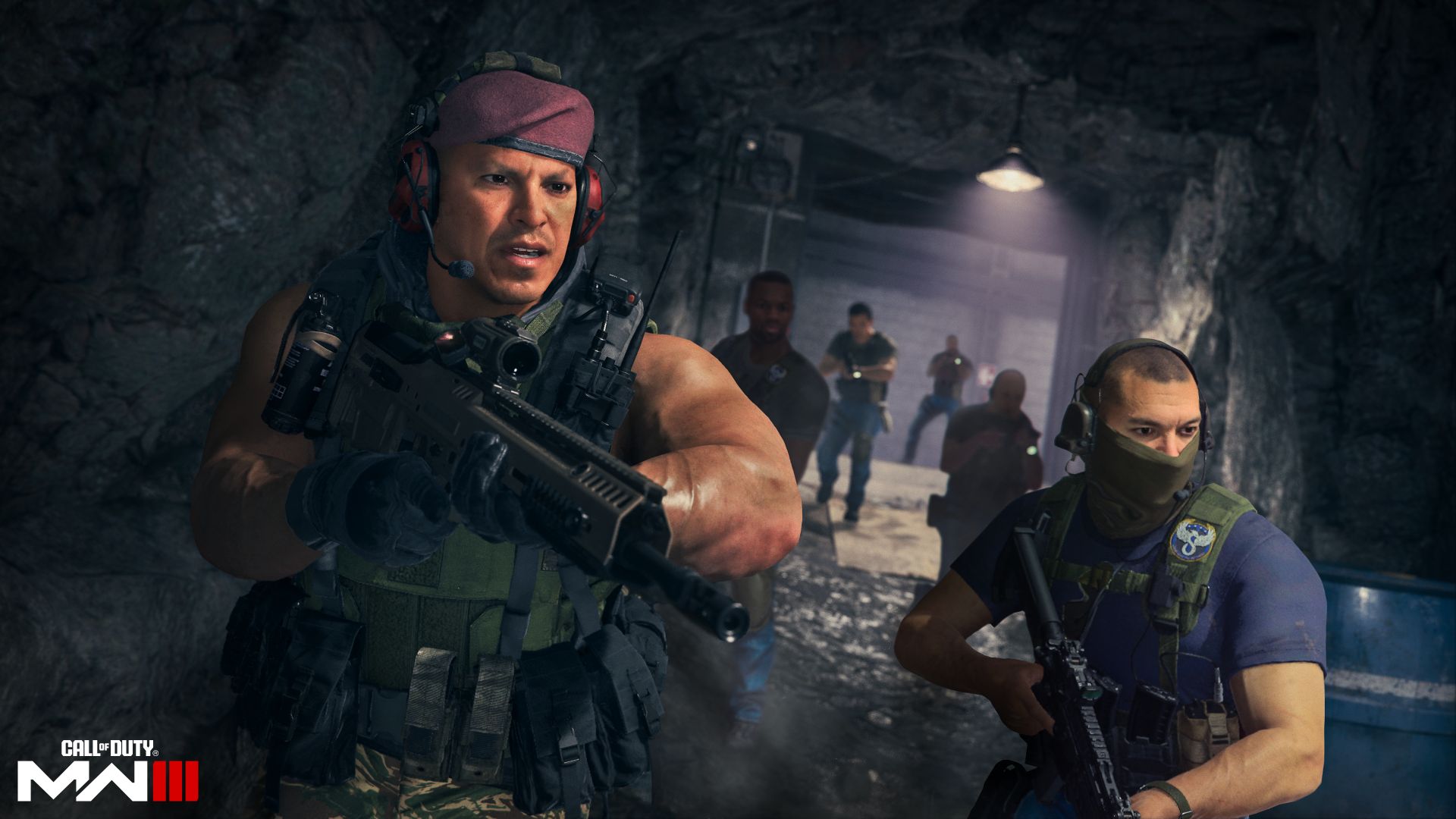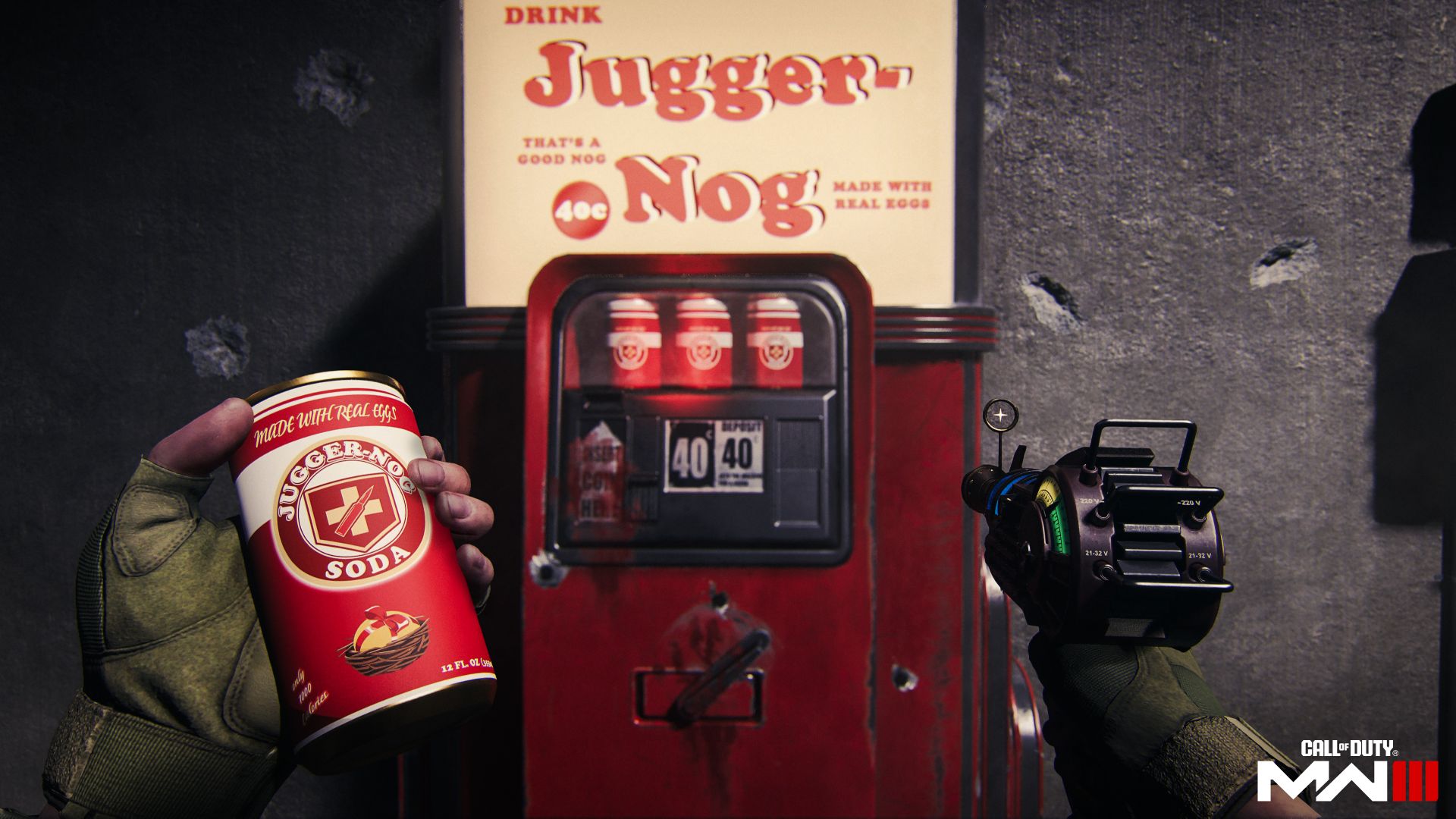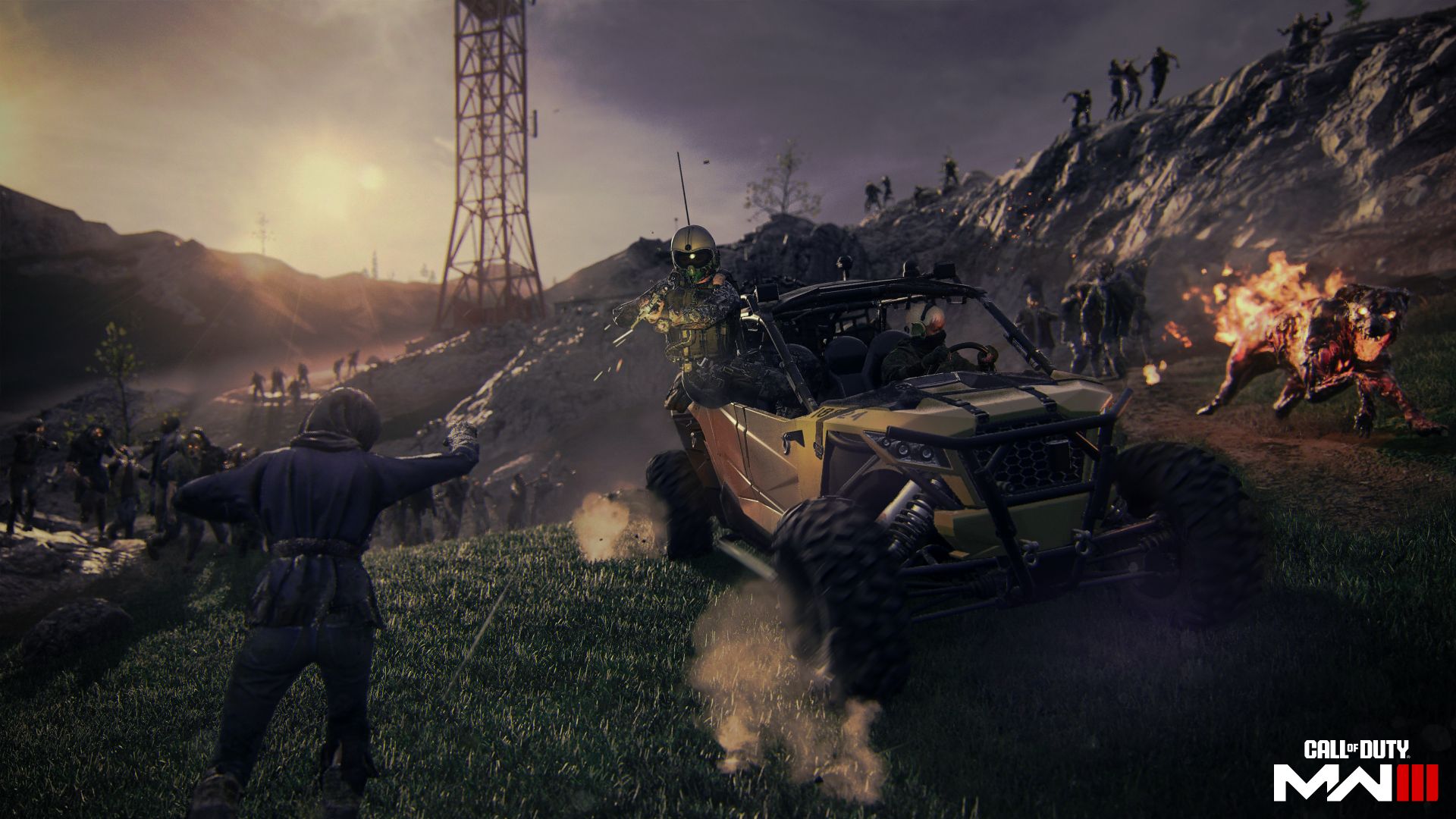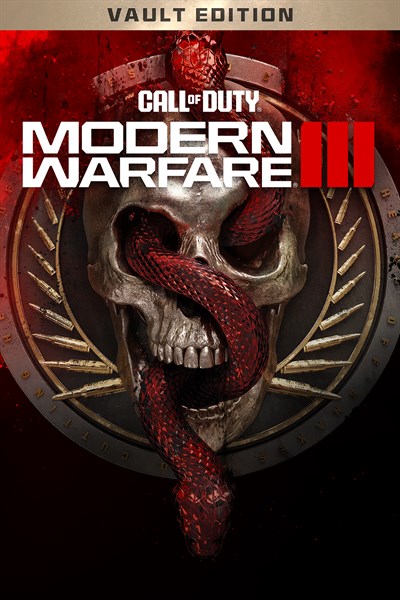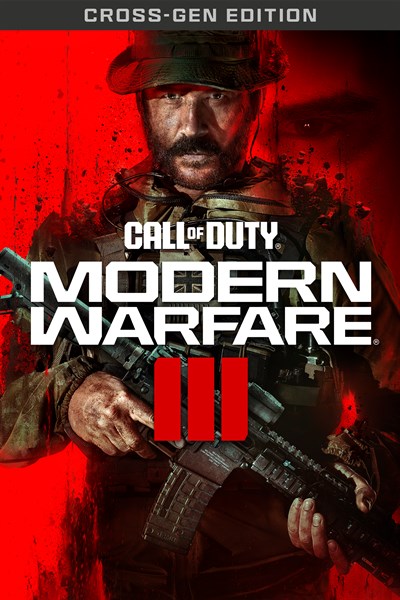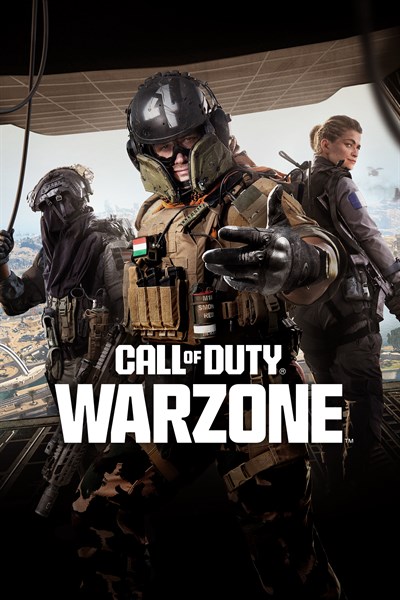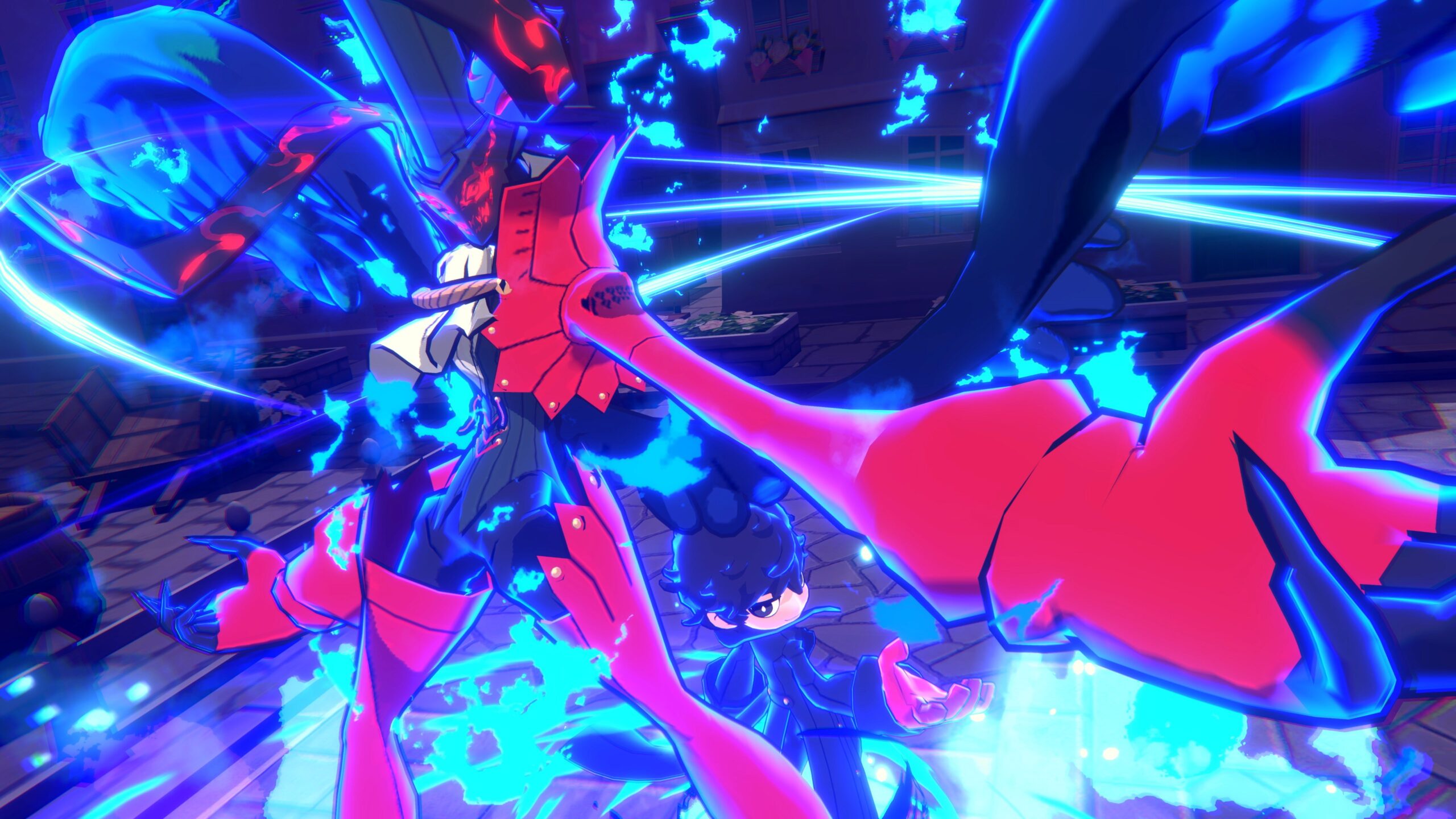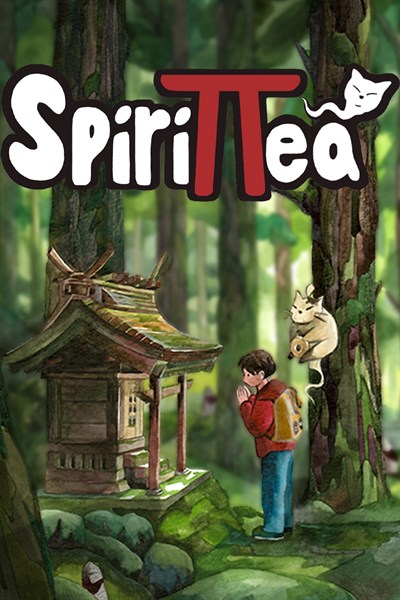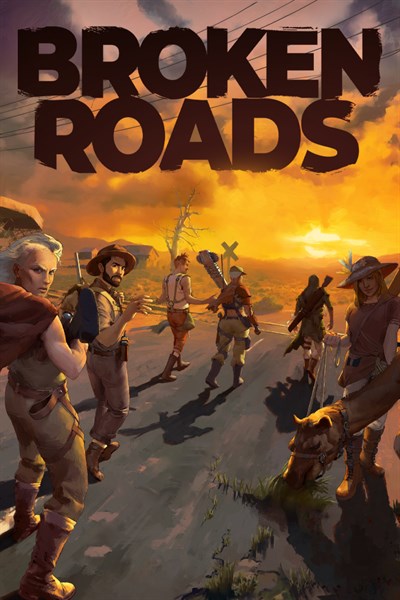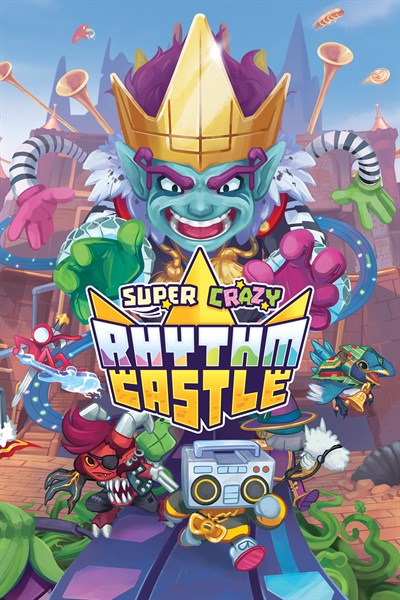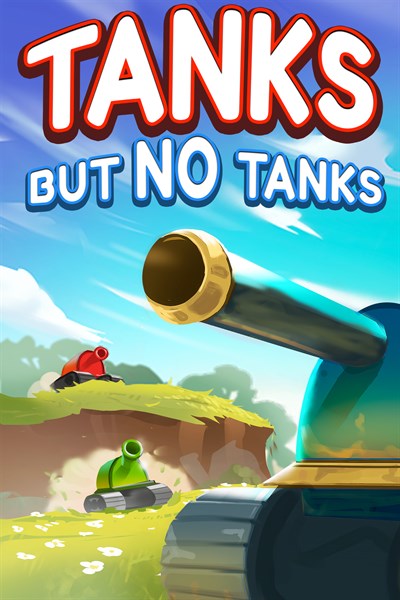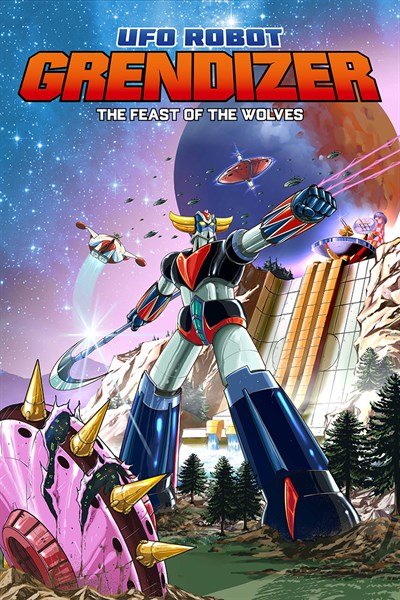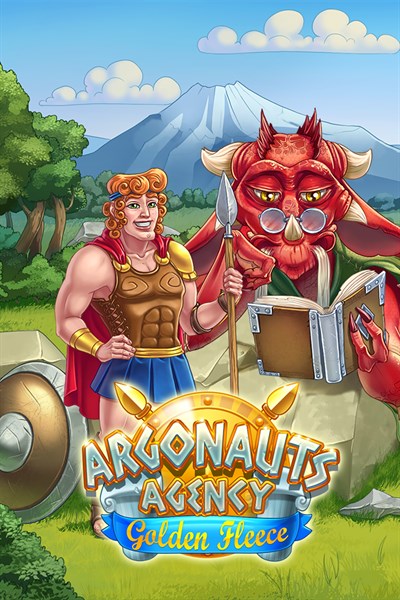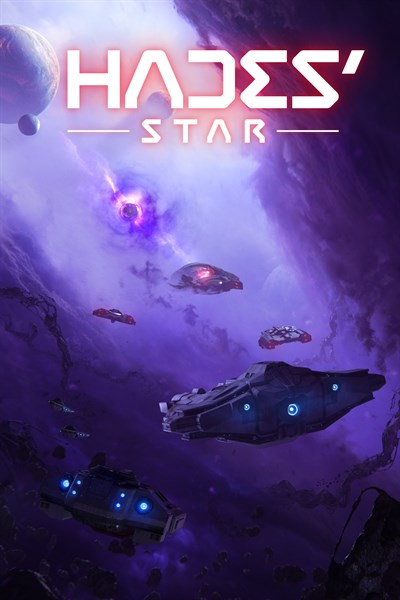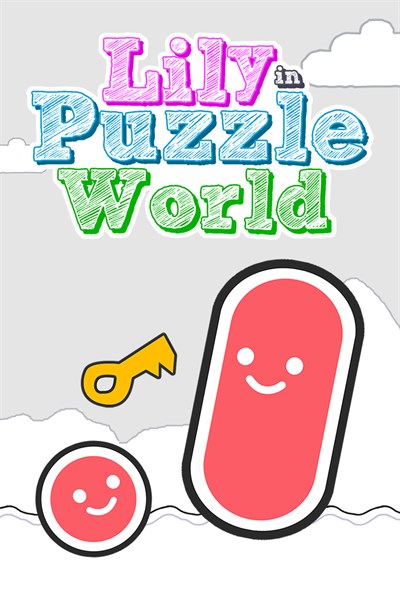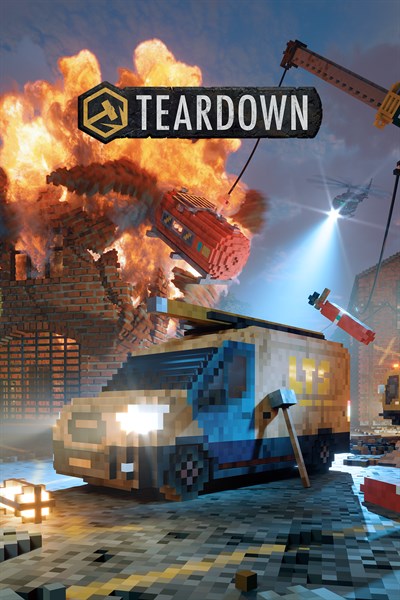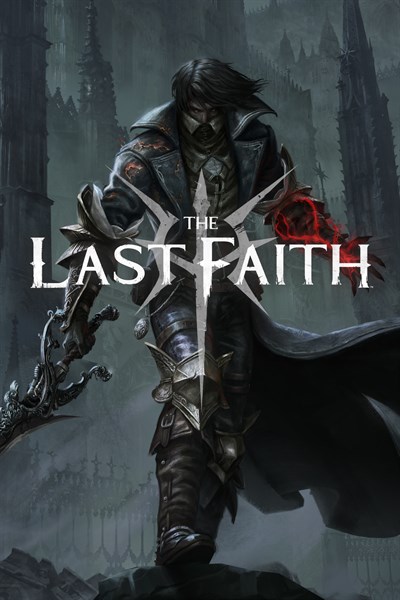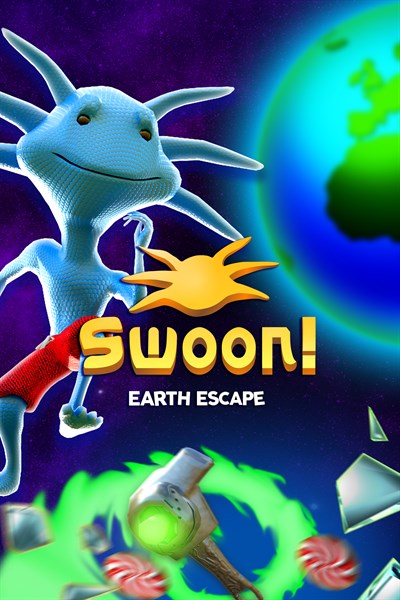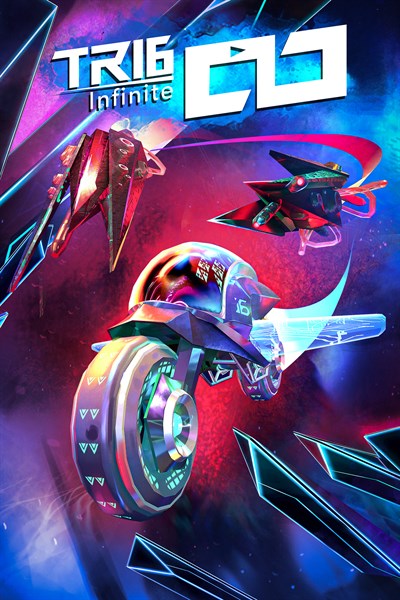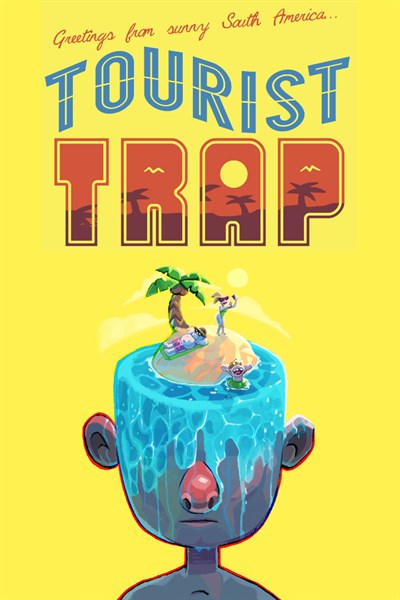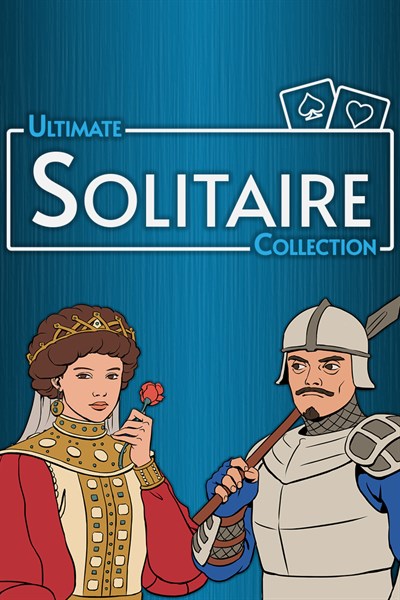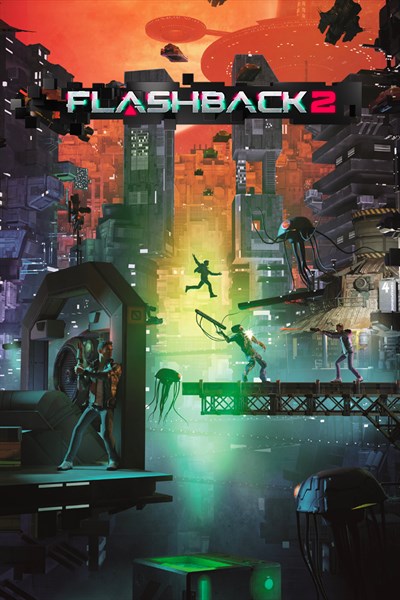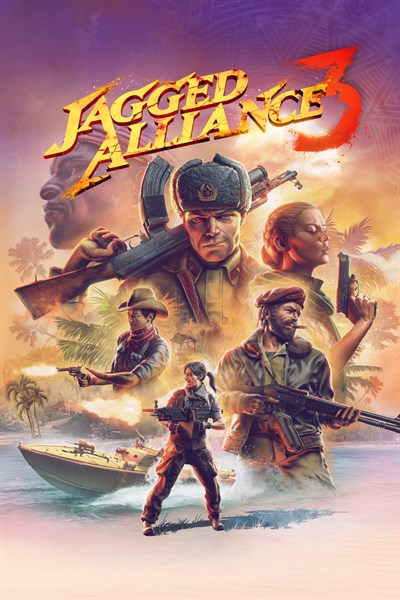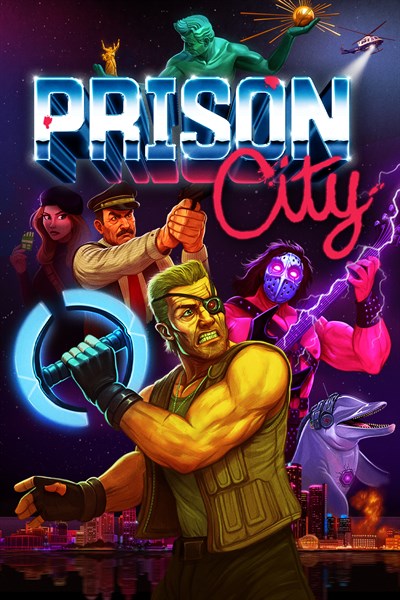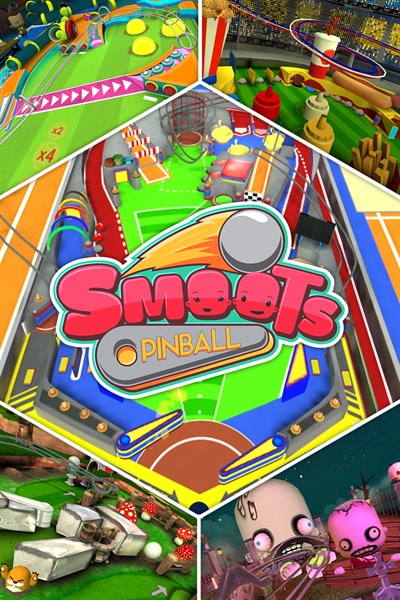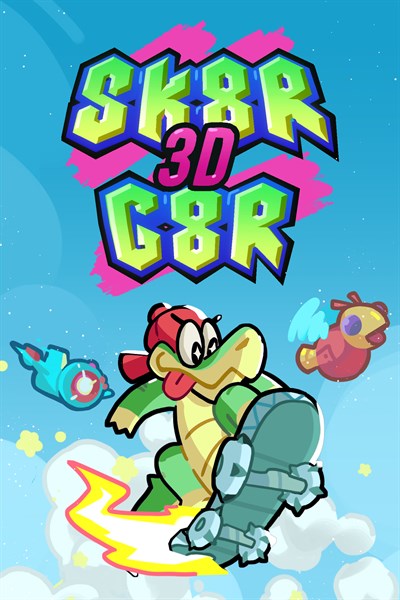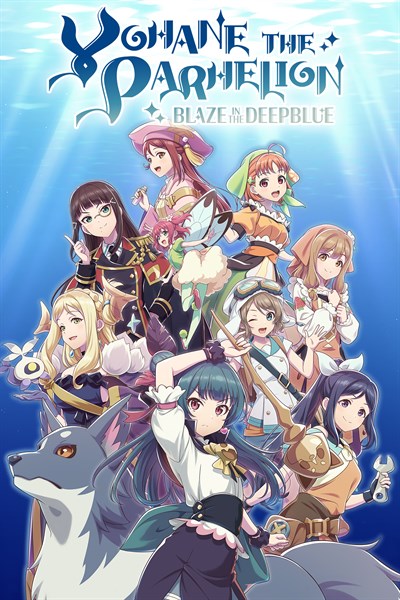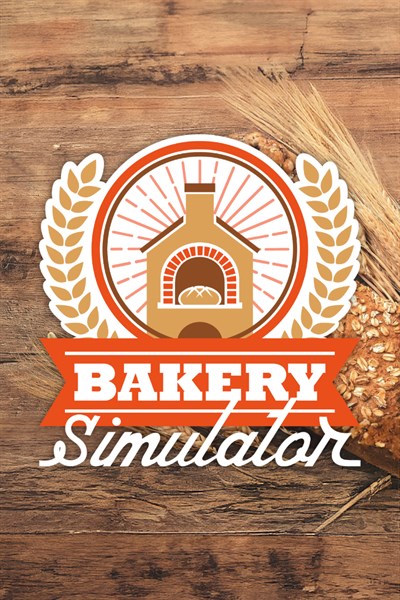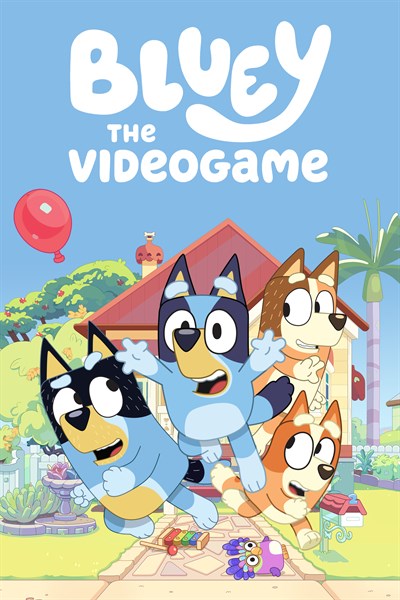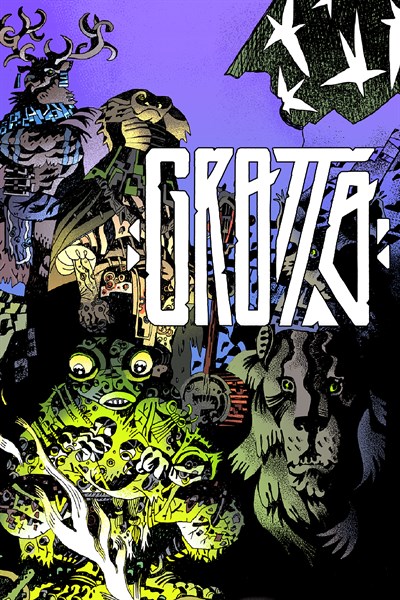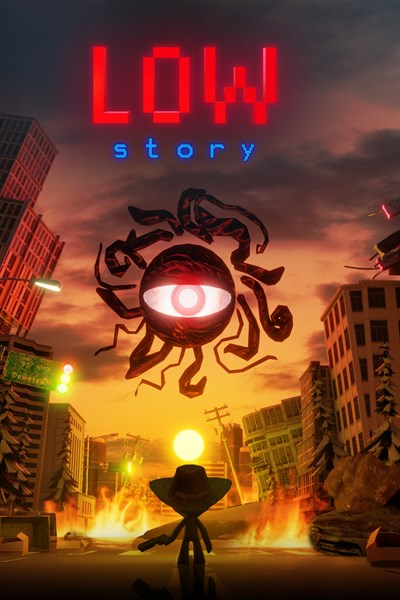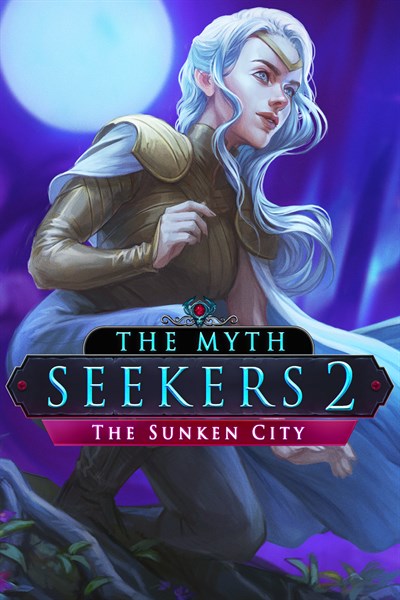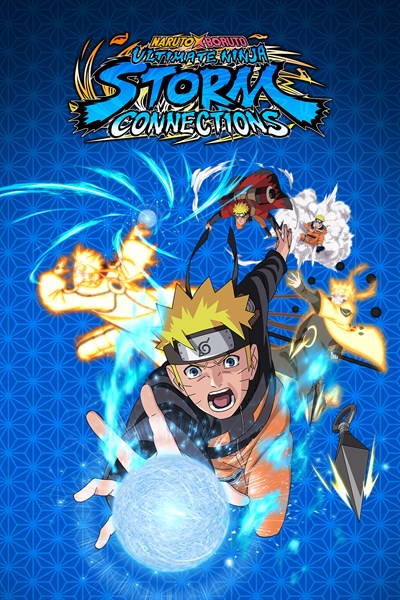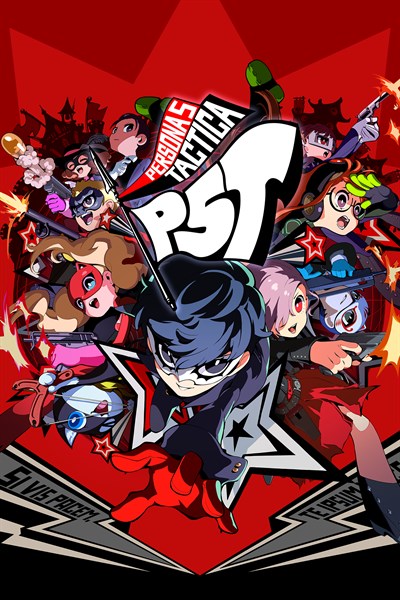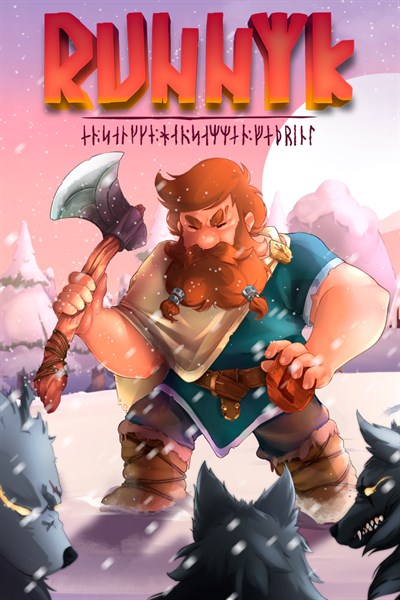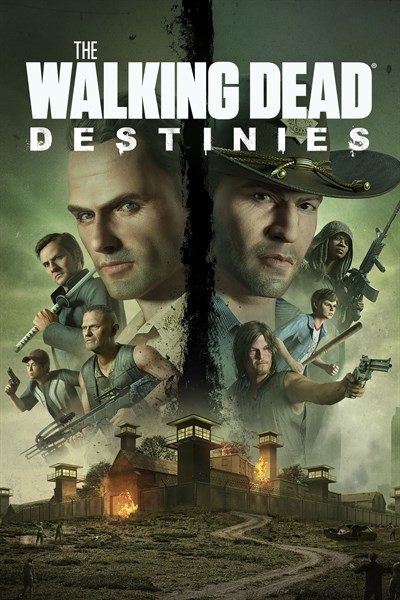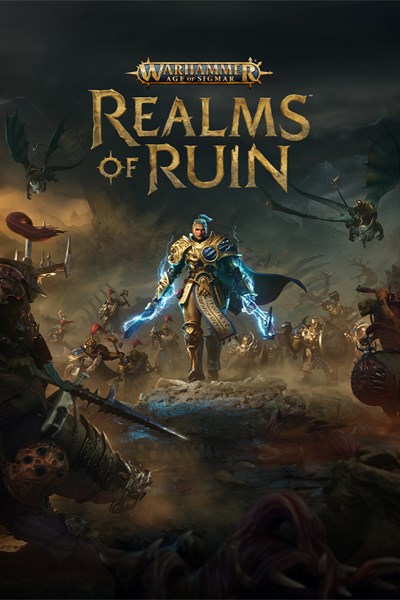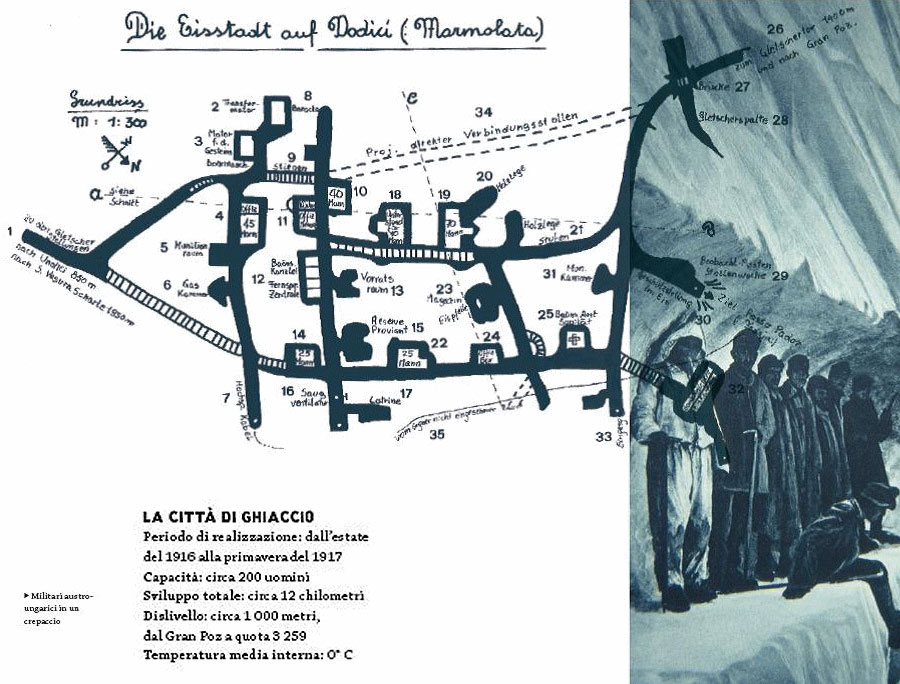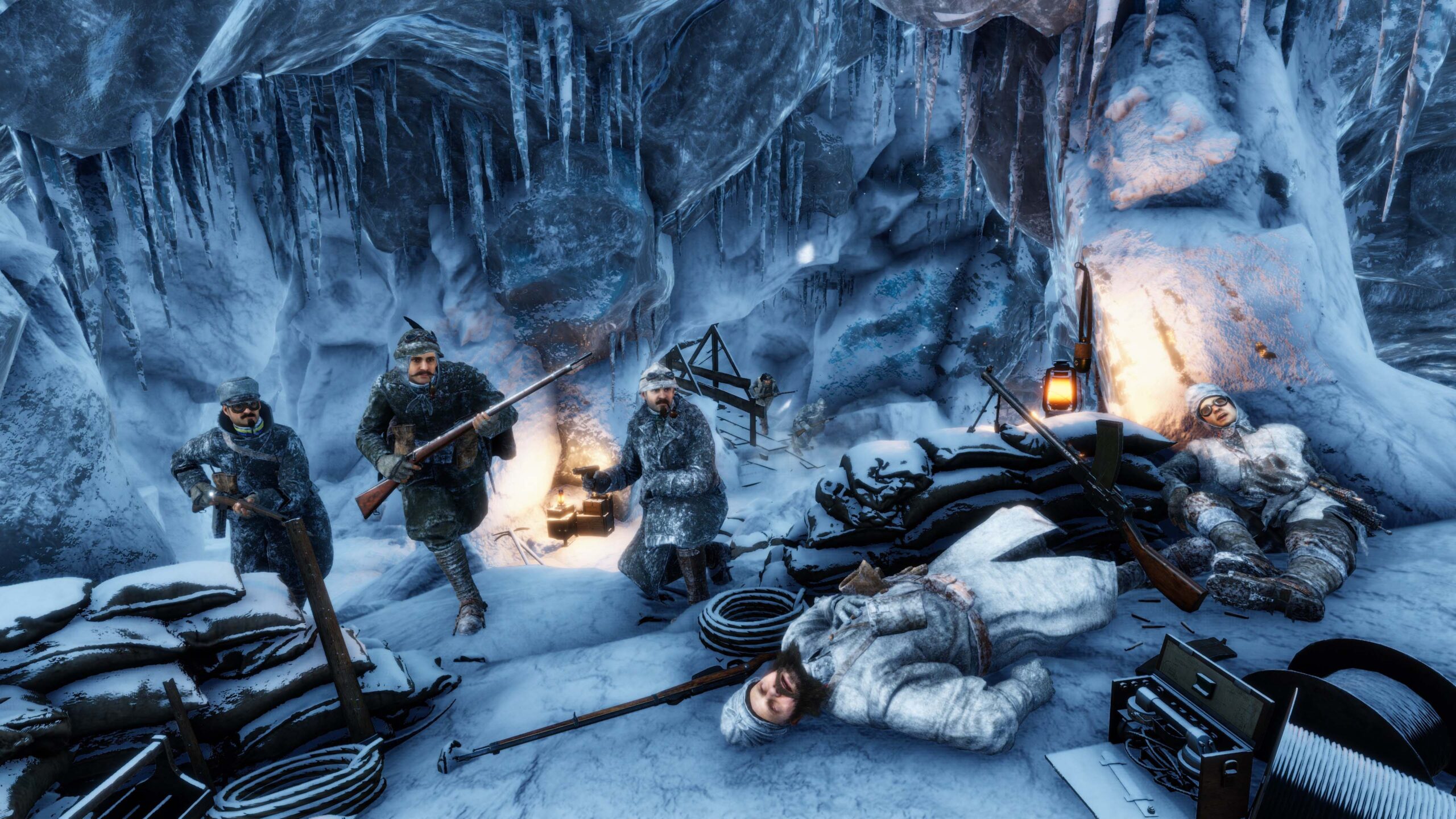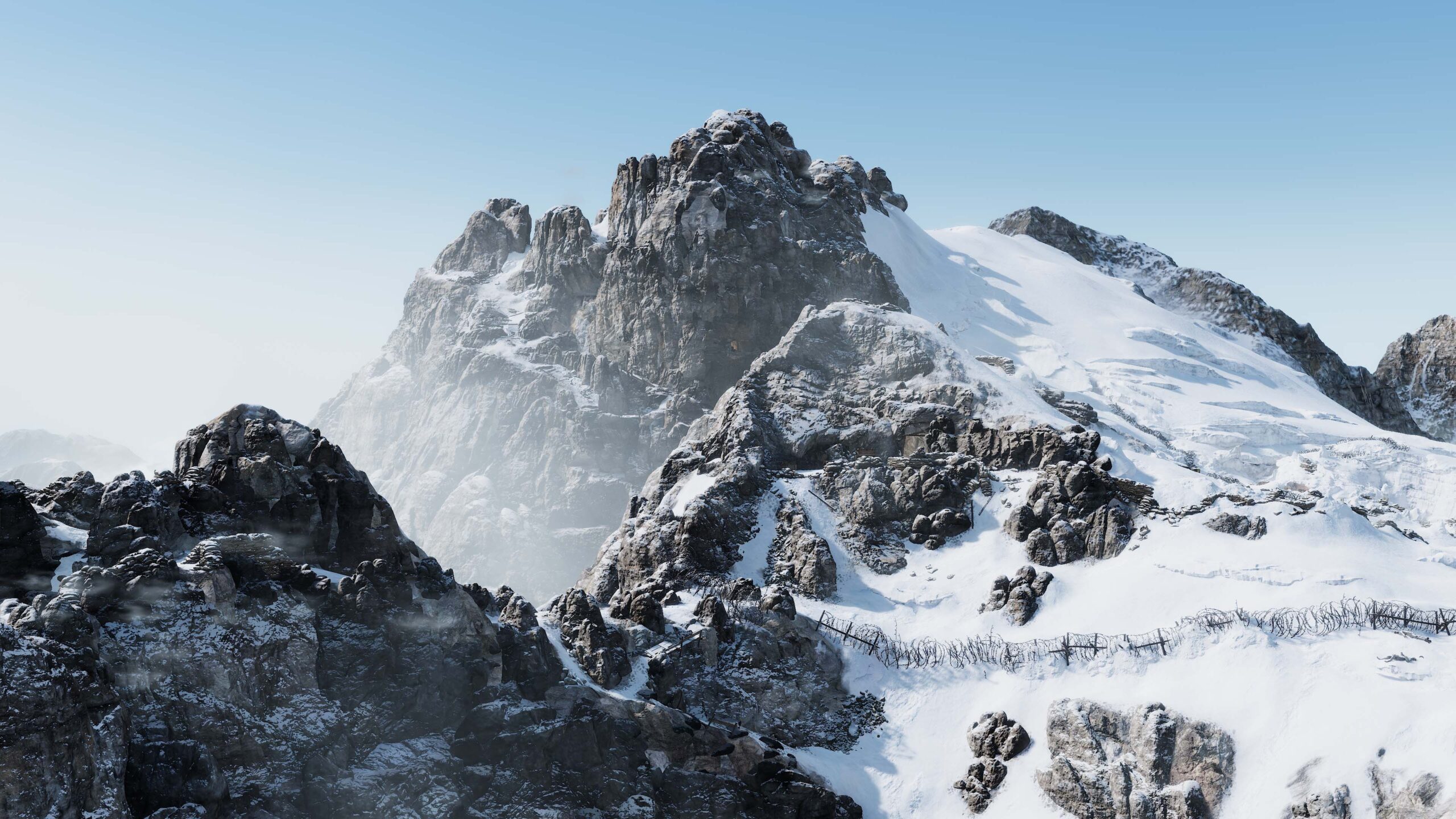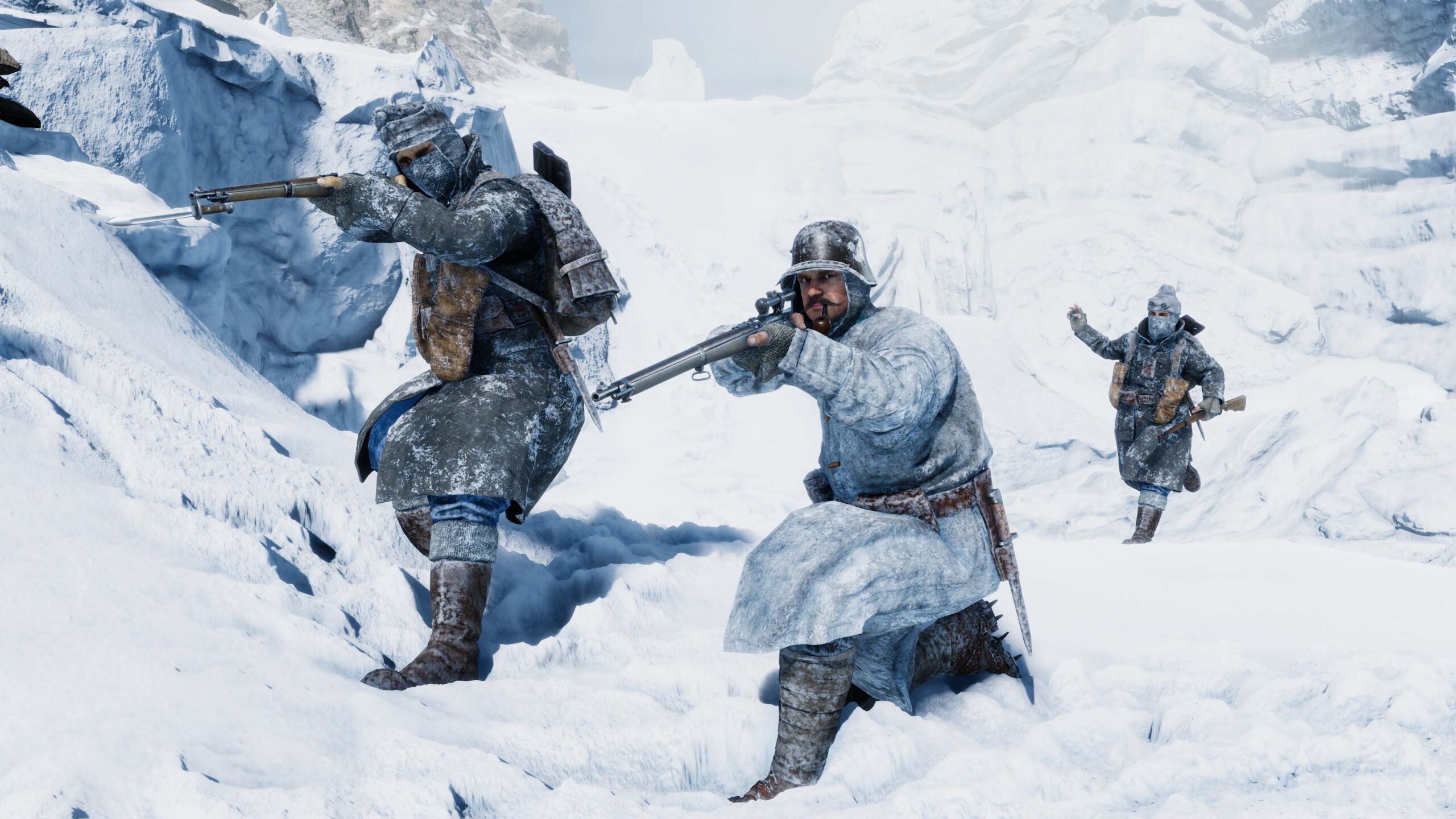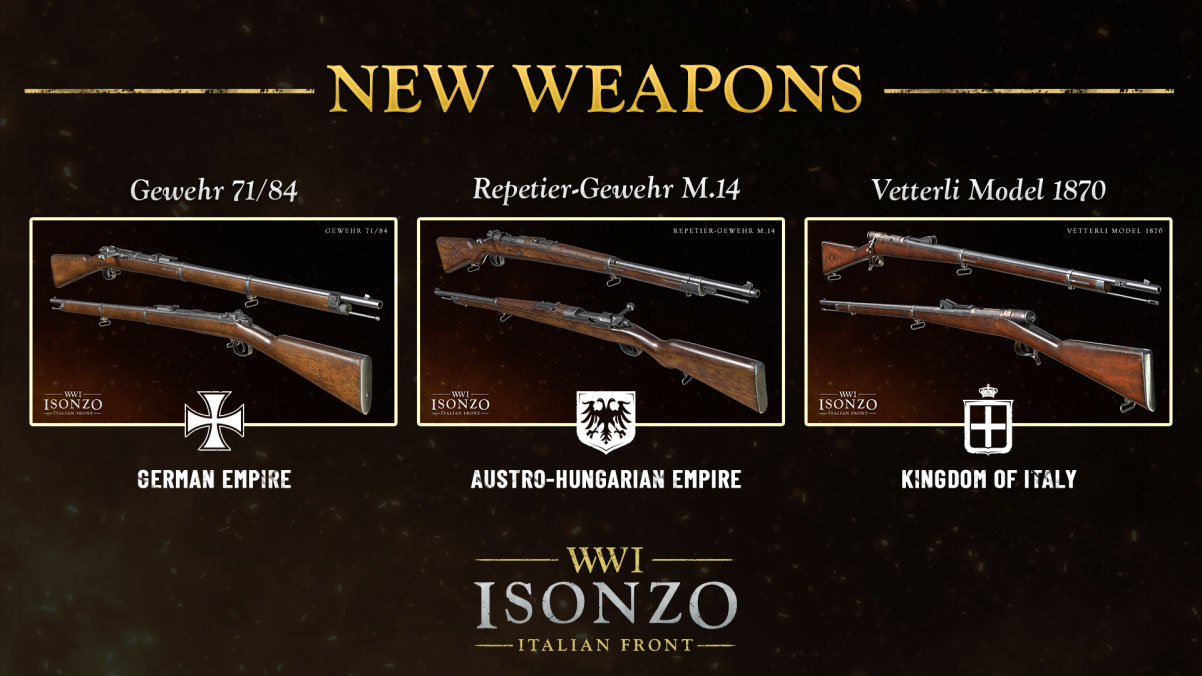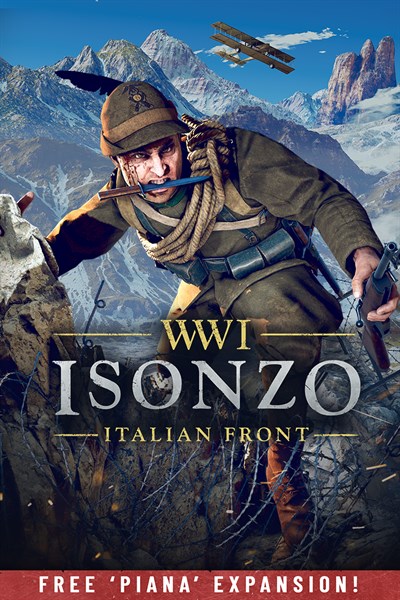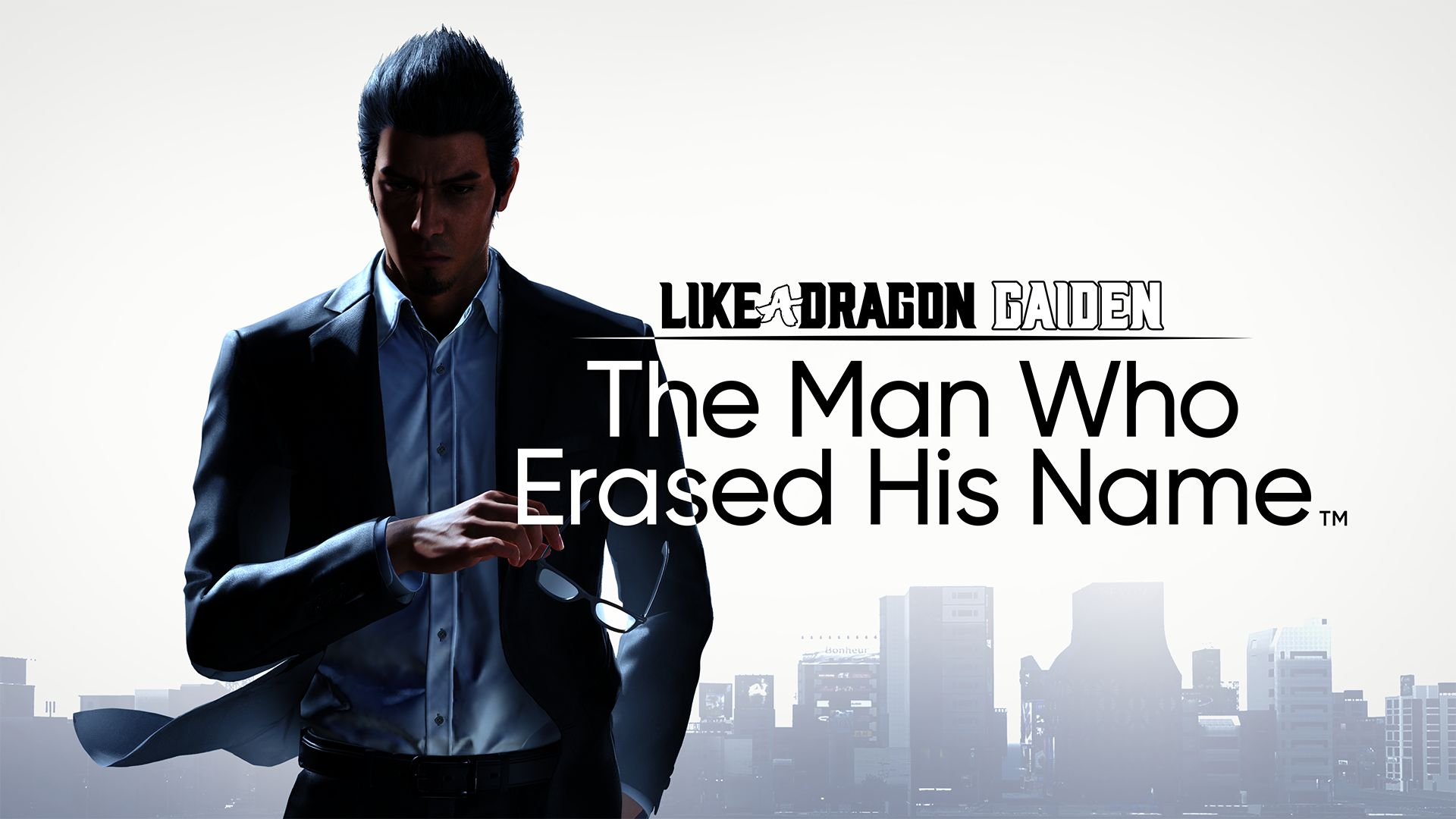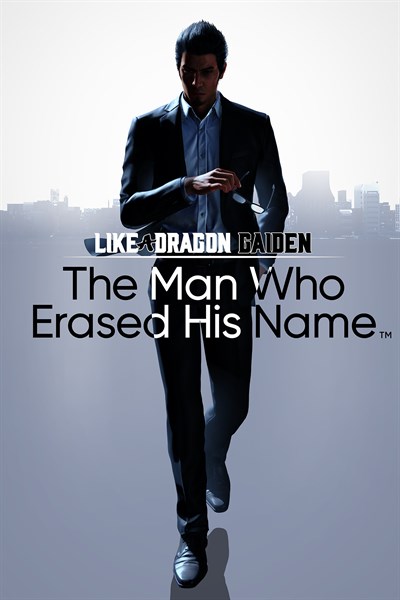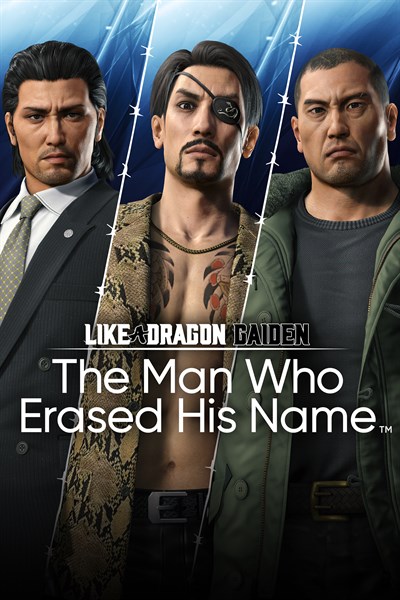In the UK, no football fan is alone in thinking they would make the perfect manager, and now The Everyday Tactician campaign is giving the Xbox and Football Manager community a chance to make these dreams a reality.
To celebrate the launch of Football Manager 2024, available on PC or console with Game Pass, one passionate FM24 player will have the chance to swap Game Pass for game day and become Vanarama National League club Bromley FC’s next ’Support Performance Tactician’.
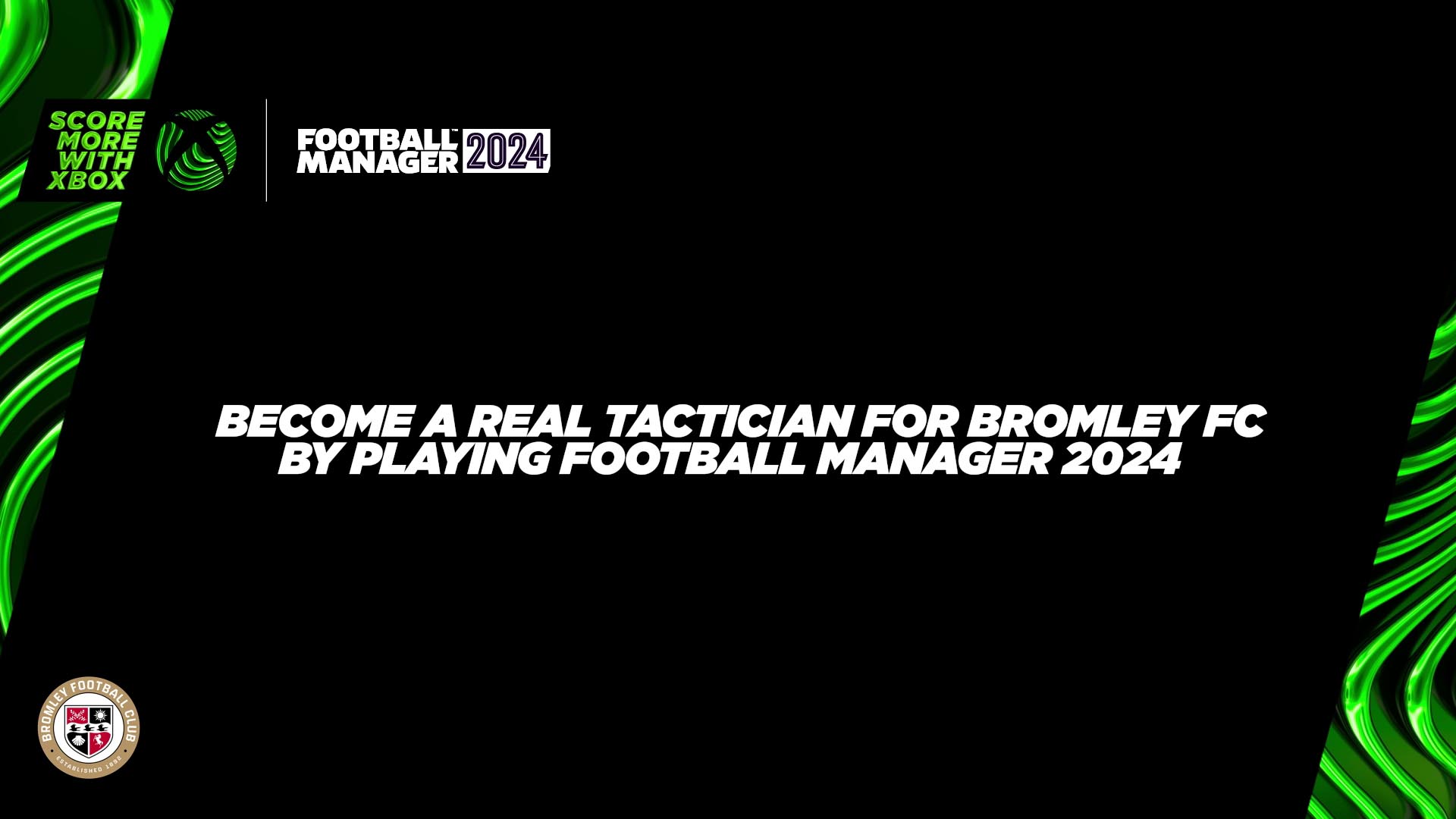
Football Manager is a hugely popular series of football management simulation games, developed by British developer Sports Interactive. To achieve success in the game, players will count on their understanding of football tactics.
In the year of the game’s 20th anniversary, one knowledgeable armchair manager will become part of the backroom staff at Bromley FC from January 2024 until the end of the current season; taking their in-game expertise of analysing opponents’ formations, tactical set ups and player skills into the real world of the Vanarama National League.
As part of their fully paid, full-time role, The Everyday Tactician will have the opportunity to learn all the ins and outs of the tactical decision-making that goes into preparing a football team for success, in what could yet be a landmark season for the club.
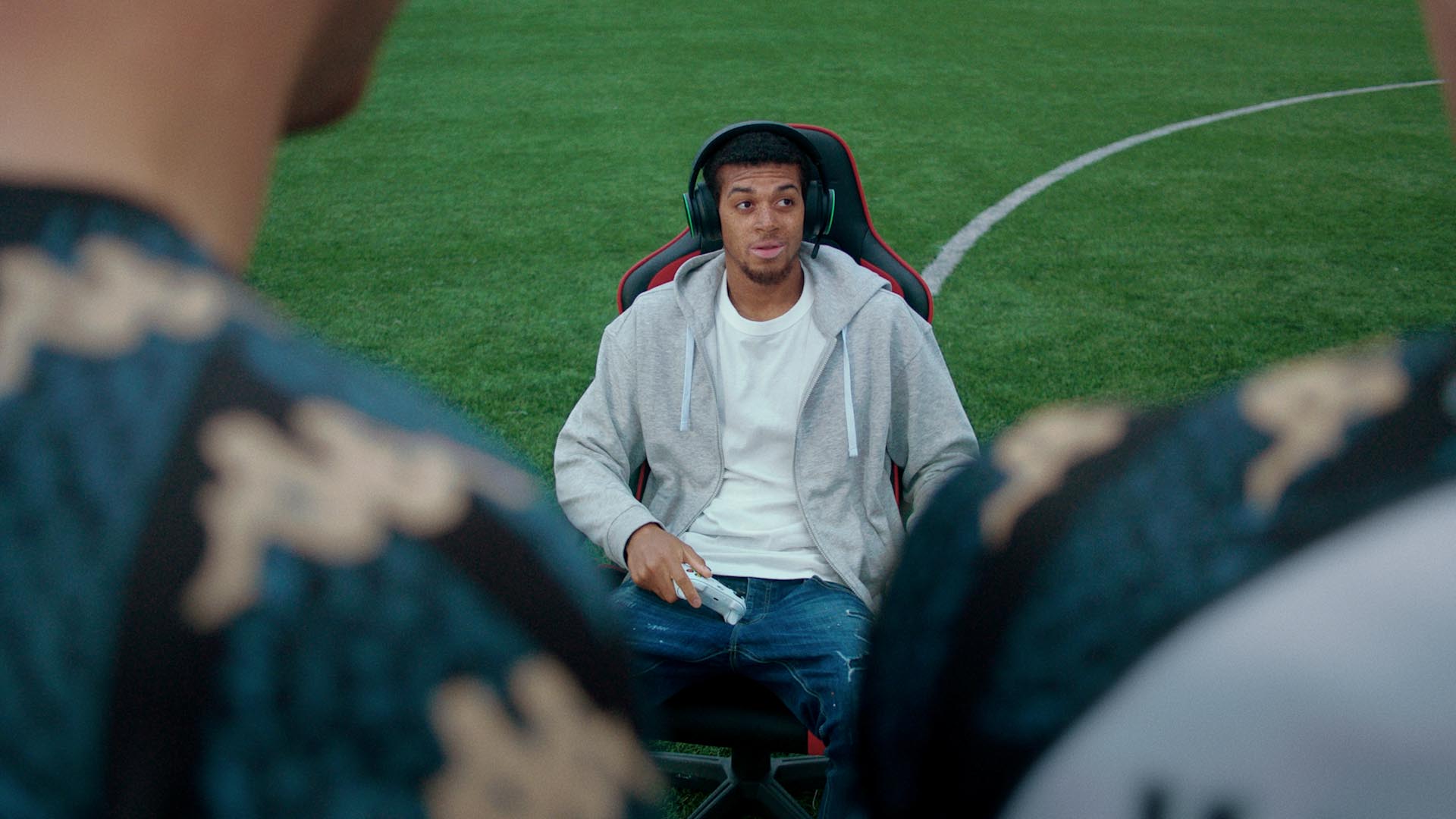
Residents of Great Britain and Northern Ireland (aged 18 or over) will have the chance to apply for the role by winning any domestic league with a team in FM24 on PC with PC Game Pass or Game Pass Ultimate, and on console with Game Pass for Console or Game Pass Ultimate, and submitting a video explaining why they would be the right candidate for the role. Applications are open from November 14 to December 4, 2023.
Once the winner has been chosen, fans will be able to follow their journey at the club online and on social media via Bromley F.C., Football Manager and Xbox UK channels, as well as TNT Sports, so keep your eyes peeled on social for more details in the coming weeks.
Do you think you have what it takes? Enter here: www.xbox.com/The-Everyday-Tactician.
*Open only to legal residents of Great Britain and Northern Ireland 18+. Submission date ends 12/4/23. For full details and Terms & Conditions, see www.xbox.com/the-everyday-tactician Football Manager 2024 is available now.

Football Manager 2024
SEGA
Will you use the new ability to import an existing career from Football Manager 2023 and remain relentless in your long-term quest for glory?
Alternatively, with the newly licensed Meiji Yasuda Ltd J.1 League, J.2 League and J.3 League unlocking Japan as a playable nation, are you ready to explore fresh horizons?
Game Description
– Create a winning approach on the tactics board, incorporating modern football’s most popular systems and positional innovations to deliver victories on the pitch.
– Build a squad capable of achieving all of your goals, mastering the transfer market to get the advantage over your rivals.
– Level up your players on the training field, building the mentality needed to turn a team from contenders to champions.
– Realise your vision on Matchdays, with every game elevated by improvements to ball and player movements.
NEW FOR THIS SEASON
TRUER FOOTBALL MOTION
Enhancements to player animations, ball physics and lighting deliver the most immersive Match Engine in Football Manager history. Move to the cutting edge of football by using the new Inverted Full-Back player role, while more intelligent player rotational movements adds more fluidity to every highlight
DOMINATE FROM SET PIECES
Make an impact at both ends of the pitch with an overhauled Set Piece Creator. Lean on the expertise of brand-new Set Piece Coaches to develop winning routines in every scenario and outsmart your rivals.
NEW TOOLS TO BUILD A DREAM SQUAD
Better shape your perfect squad with the introduction of new Intermediaries that will help you offload surplus players for a cut of the final transfer fee. Additional functionality for existing Agents and the debut of TransferRoom, a football marketplace for transfers in real life, gives you more real-world powered tools than ever to build an elite team and dominate the competition.
BRACE FOR TRANSFER BATTLES
Showcase your squad-building skills in our most refined transfer market yet. You’ll face a trickier battle for talent as your rival opposition managers are now more strategic than ever in their recruitment decision-making.
ELEVATE PERFORMANCES WITH TARGETS
Motivate your team to achieve more on and off the field by setting them individual Targets. Whether you’re focusing on goals scored in a season or average training performances, challenge your star players and top prospects to maximise their ability.
FURTHER GAMEPLAY UPGRADES
Enjoy greater variety in every career with the arrival of two new game modes. Real World mirrors when players actually joined your club. Your World sets club squads and budgets at the day your career starts, meaning that only players who joined before that date will be in your squad, giving you the opportunity to rewrite your team’s transfer window.
Elsewhere, you can look to dominate international management and plan for your country’s future with a revamped National Pool that gives you a better overview of the talent at your disposal. Match preparation and briefing meetings deliver you winning insights before each fixture.
That’s not all though, with many more changes waiting for you to discover in every career.

Football Manager 2024 Console
SEGA
When it’s time to take on the opposition, support from your backroom team will help to sharpen your team’s performances at both ends of the pitch.
Make every advantage count when you’re battling the best teams and managers – have you got what it takes to win football’s biggest prizes?
Game Description
• Write your story. Chase instant glory at one of the world’s best clubs or use new functionality to bring forward your journey from FM23 Console – the choice is yours.
• Develop a successful strategy. The tactical styles popularised by the world’s leading managers are at your fingertips, allowing you to battle with the elite from day one. To really set yourself apart, create your own winning philosophy.
• Build your dream squad. Lean on the skills of your scouts and the biggest player database in gaming to sign football’s biggest names and the superstars of the future.
• Relish big Matchday moments. Make match-winning tweaks as you experience the thrills and spills of life in the technical area.
• Battle for bragging rights. Prove that you’re the best against your friends in one of three online modes – Versus, Fantasy Draft and Online Career.
NEW FOR THIS SEASON
LEVEL UP YOUR PROSPECTS
Improve the performances of your players with enhanced Training. The ability to train your players in positional groups delivers you greater control, while upgrades to player mentoring makes it easier than ever for your world-class stars to pass their knowledge to your developing Wonderkids.
DOMINATE FROM SET-PIECES
Make an impact at both ends of the pitch with a refreshed Set Piece Creator. Utilise the expertise of your backroom team to craft clever routines that deliver a winning edge over your rivals.
MOST AUTHENTIC MATCHDAY
Significant enhancements to player movement, ball physics and lighting level up the drama of matchday, creating the most immersive and best-looking match engine to date. Inspired by the tactical innovations of the world’s top managers, the addition of a new Inverted Full-Back player role brings you to the cutting edge of modern football.
SHAPE A TITLE-WINNING CULTURE
Outline the standards that your players need to meet to play for you and define the sort of boss you want to be with a new Manager Principles feature. Experience the true immersion of a dressing room with a better understanding of how they respond to every step of your managerial approach.
DEVELOP YOUR CLUB
Whether it’s a new stadium or a bigger transfer budget, get closer to your owners and push them for more with a new requests system for making vital club improvement demands.
Many more new features, including improvements to opposition recruitment, changes to international call-ups when managing your country and general game accessibility, are waiting for you to discover in every career. Full information is available on the Football Manager website.
This version contains information that is still under approval process by right holders and may contain data that does not, at this time, accurately reflect real world data. For context, some club and player assets may be absent during this version.
The post Go From Game Pass to Game Day With Xbox, Football Manager & Bromley FC appeared first on Xbox Wire.

